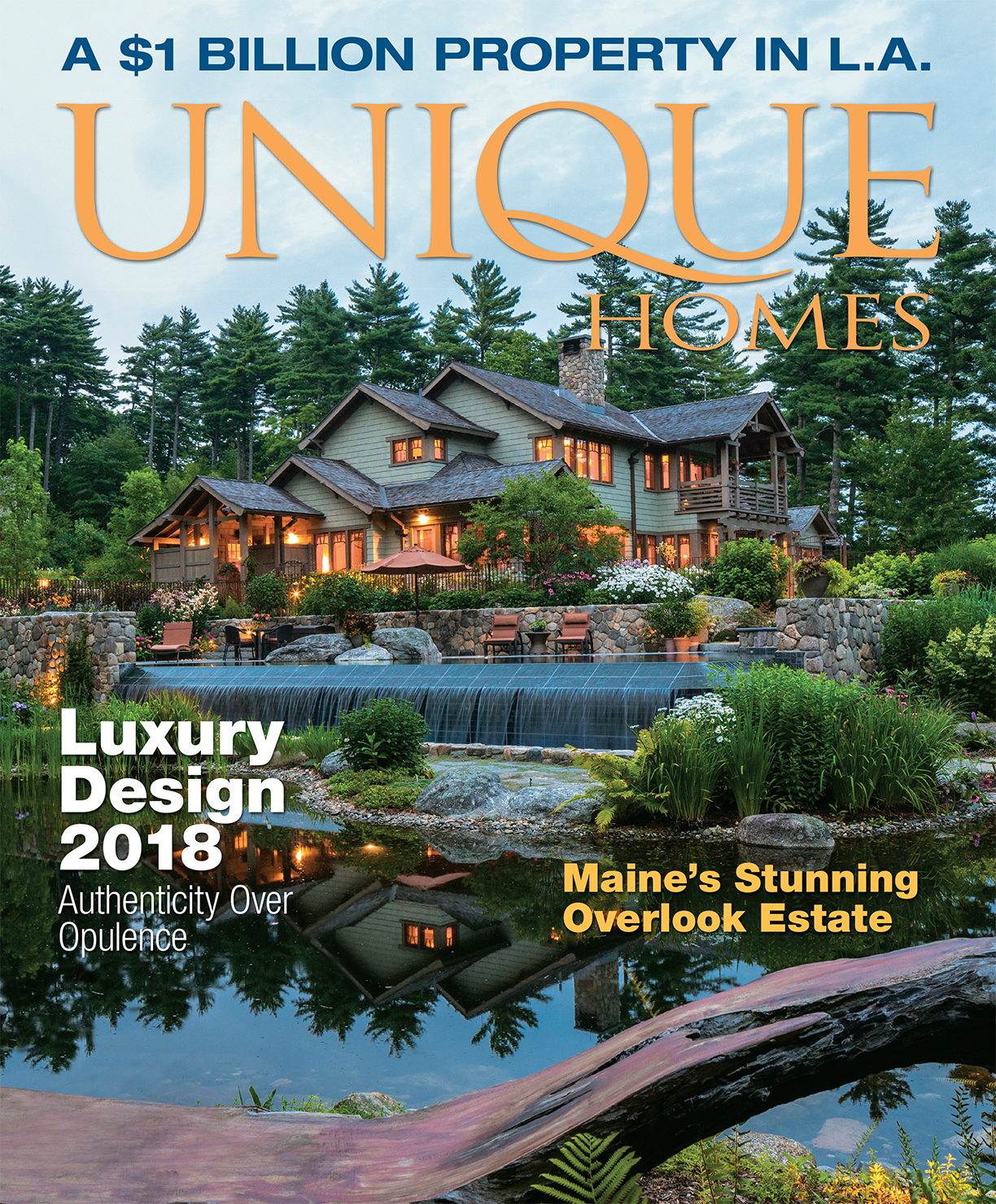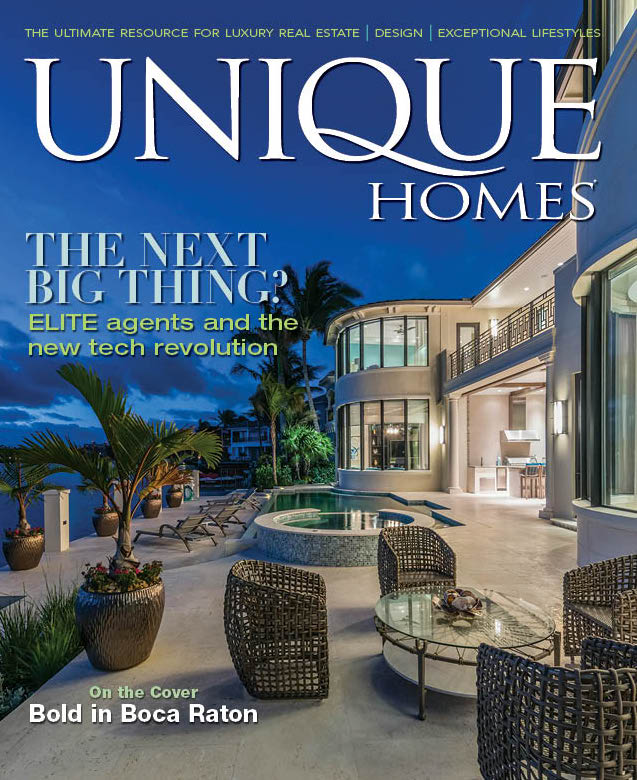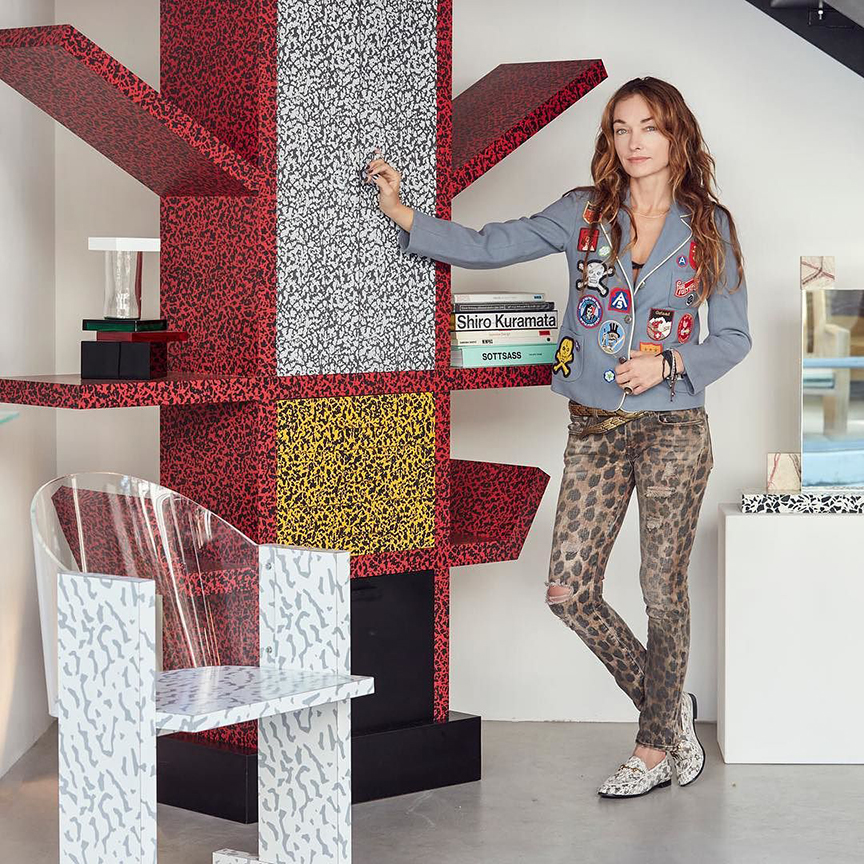Many contemporary luxury watches are inspired by the sleek aesthetics and seductive instrumentation of the automobile and aerospace industries, resulting in endorsement deals with Formula One drivers and marketing campaigns featuring test pilots. Some of the high-tech materials that make sports cars and fighter jets lightweight and aerodynamic are now incorporated into watches.
For many consumer products, there is a correlation between weight and value, a concept manufacturers have, sometimes misleadingly, reinforced. Watchmakers, whose sleek, svelte products have evolved into large, chunky ornaments per current style, have been forced to explore the use of lighter materials. Now the ethereal is being equated with value, and the race to lightness has produced some remarkable products.
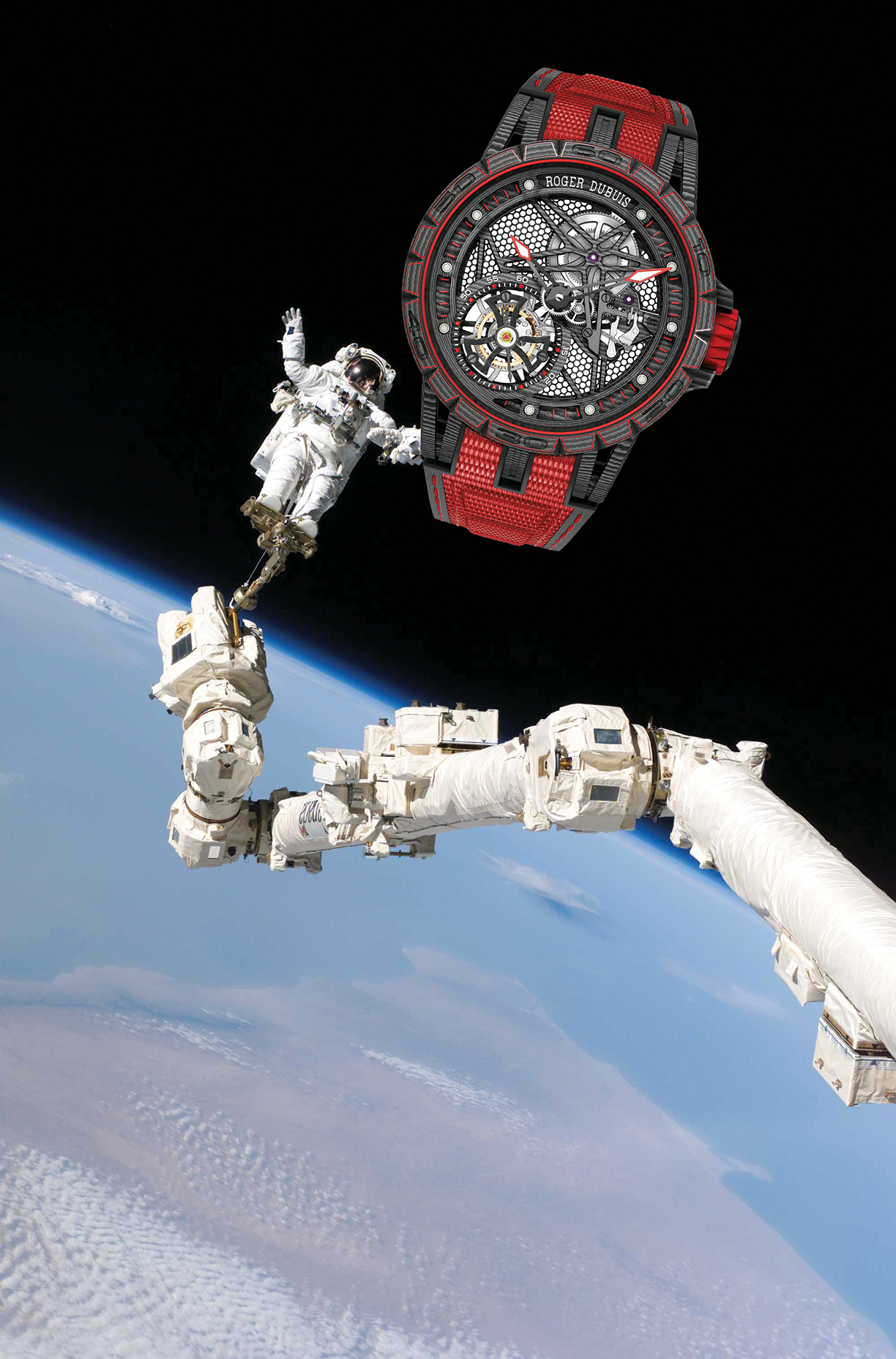
Astronaut photo courtesy of NASA; Watch photo courtesy of Roger Dubuis.
Several lightweight watches later, Richard Mille introduced the RM 50-03 McClaren F1 model in 2017, a limited edition of 75 pieces priced at $980,000. At less than 40 grams (including the strap), it became the world’s lightest split-seconds chronograph tourbillon watch. That product introduced a new nanomaterial called graphene (aka Graph TPT) that is 200 times stronger than steel but far lighter. Noting watchmakers’ proclivity to mimic machines on the race track, Adams suggests, “Timepieces are often referred to by modern watchmakers, including Richard Mille, as ‘race cars for the wrist.’”
Lightweight materials like carbon fiber and titanium have been adopted by manufacturers of mass-produced watches, brands such as Citizen and Casio, but luxury watchmakers are consistently pioneering newer, lighter materials. The carbon nano-fibers employed by Richard Mille are similar to what are used for the U.S. Air Force’s stealth bombers, and graphene is being tested by McClaren for its Grand Prix race cars. “I’ve worn many lightweight Richard Mille watches and they’re very cool,” reports Adams. “The irony is that the more lightweight they are, the more difficult it can be to present them as the mega-luxury products their prices suggest,” he adds.
Ariel Adams, whose A Blog to Watch is a leading resource for watch enthusiasts, reports, “Watch brands typically are poor at selling anything new, and thus rely on other products and industries who have already created an appetite for particular materials or themes.” He cites comfort as a prime motivation for reducing weight, stating, “There’s a very real reason why a collector might prefer to wear a watch that’s barely noticeable as opposed to a ‘gold brick on the wrist.’”
Nancy Olson, managing editor at Inter-national Watch (iW) magazine, reports, “It’s all about expanding the limits of development and design to set themselves apart within a somewhat crowded watch market, as well as, in this instance, sturdiness and comfort—particularly in the sport watch arena.” Richard Mille, arguably the trendiest brand in watches, is particularly influential in sport-themed design.
At the French Open in 2010 Richard Mille debuted the RM 027 tourbillon watch, a limited edition designed for tennis superstar and brand ambassador Rafael Nadal. Able to withstand the violent gravitational forces he produces on the clay court, the watch weighs a mere 19 grams (0.670 ounces) with its strap, thanks to a carbon-based composite. The entire movement, crafted from titanium and a high-lithium content alloy — the light yet durable lithium is used in aircraft, rockets and race cars — weighs just 3.83 grams (0.135 ounces).
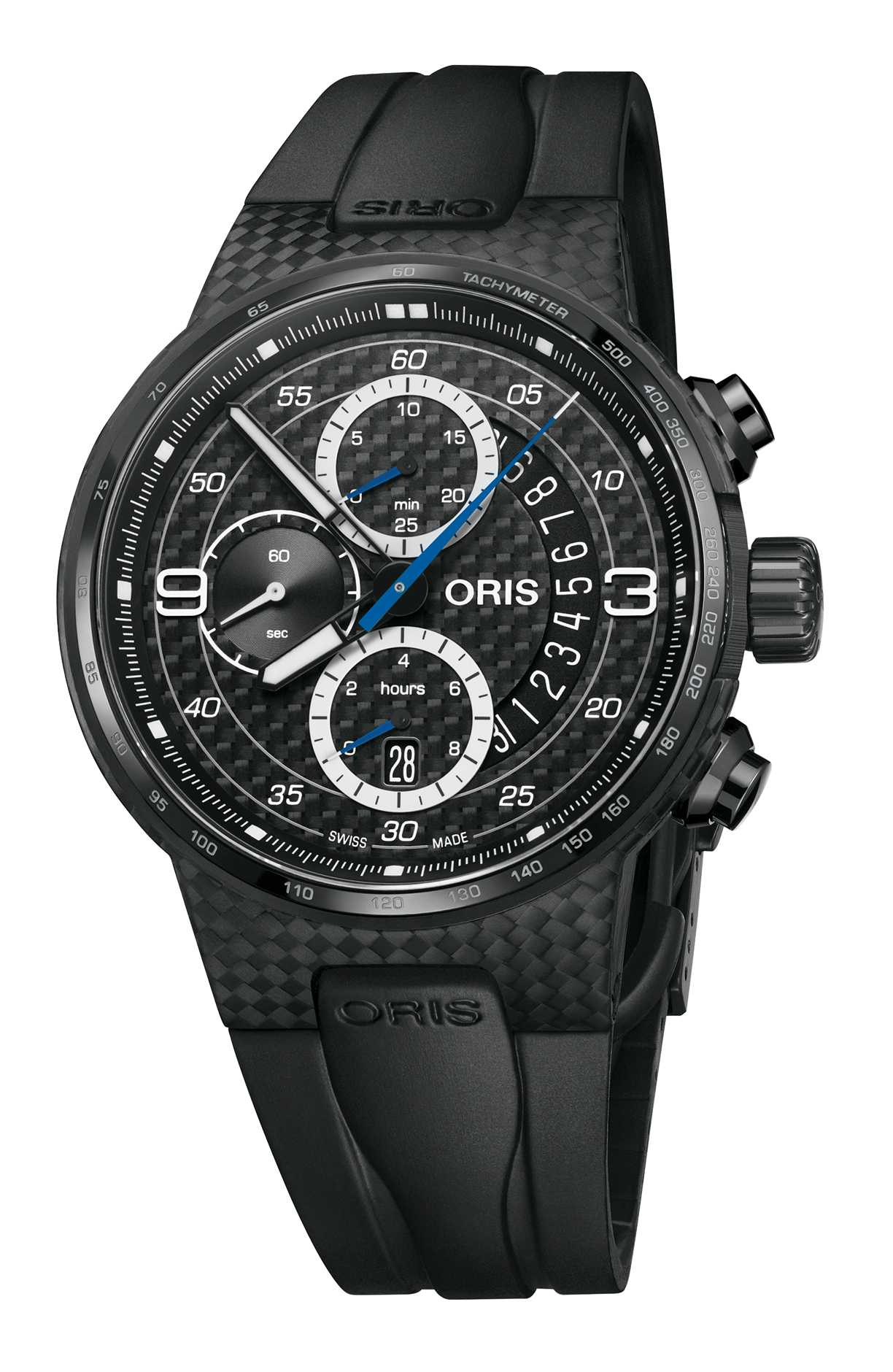
Oris Williams FW41: Limited Edition. Photo courtesy of Oris.
Richard Mille is not the only manufacturer with a connection to auto racing, and the FW41 from Oris is part of a racing-themed collection that celebrated the Williams Team’s 41st season on the Formula One circuit. The total weight of this limited edition watch, comprised largely of carbon fiber and titanium, is not disclosed but the middle case weighs in at only 7.2 grams (0.254 ounces).
Known for capitalizing on trends set by more expensive watchmakers, Oris brings greater accessibility to feather-weight watches, as the FW41 costs approximately $4,350. With its patterned black carbon fiber dial, the FW41 has a dark, sultry aesthetic, reminiscent of the aircraft that share the same materials. Roger Dubuis, which frequently collaborates with iconic racing brands Lamborghini and Pirelli, uses carbon and titanium to lighten its skeleton-style Excalibur Spider watches, both an automatic model and flying tourbillon.
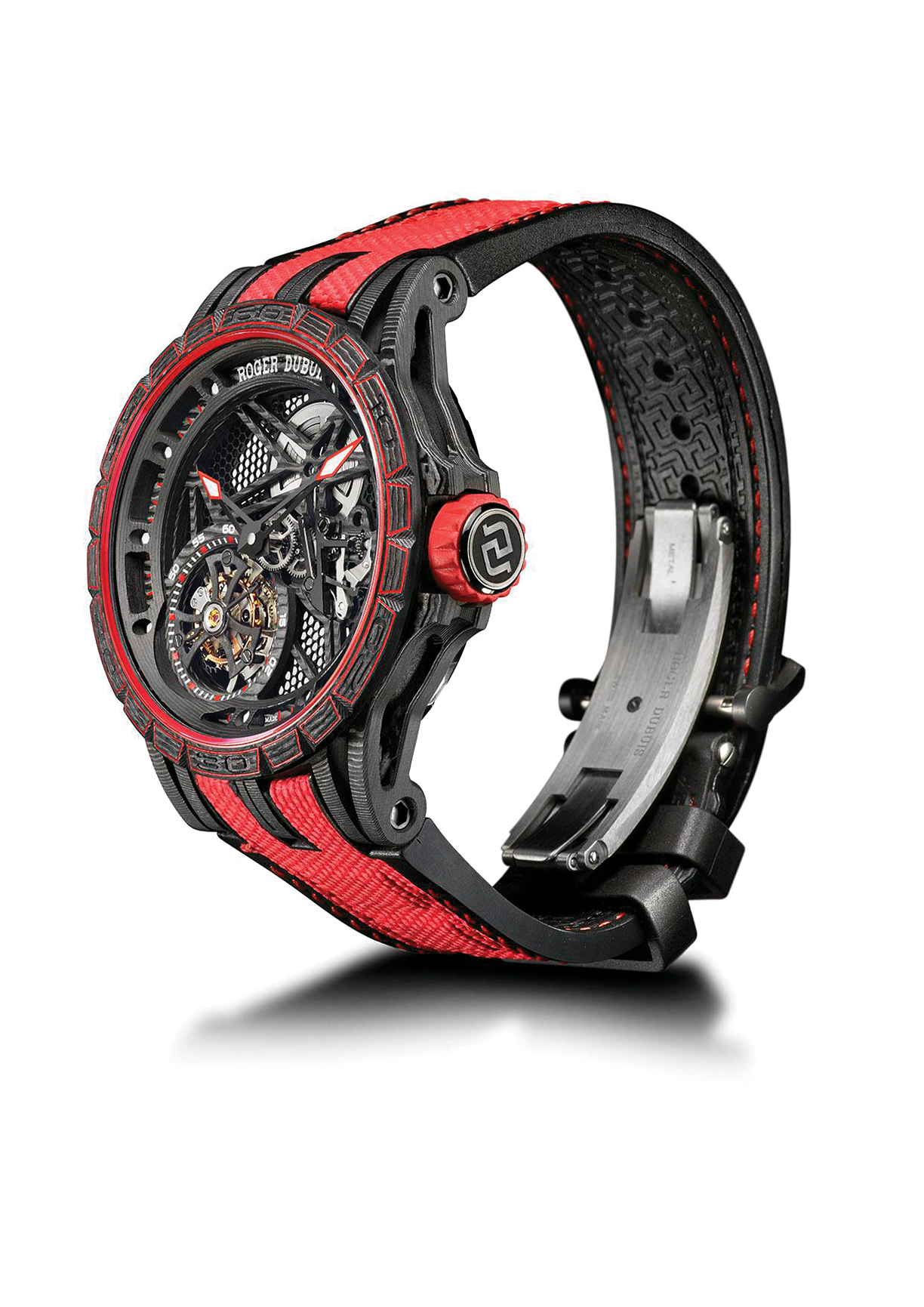
Excalibur Spider Carbon Skeleton: Flying Tourbillon RD509SQ. Photo courtesy of Roger Dubuis.
Montblanc, the legendary German manufacturer of writing instruments, is also a superb watchmaker and in 2016 it released a concept watch, the Time-Walker Pythagore Ultra-Light that weighed in at an extraordinary 14.88 grams (0.525 ounces) sans the strap. Montblanc achieved this lightness through skeletonization and the use of mineral glass, titanium and a Swiss composite material charged with car-bon nanotubes called Innovative Technical Revolutionary Resin.
For those who value a thin profile even more than lightness, the crown would go to Bulgari, which at Baselworld 2019 — the celebrated timepiece/jewelry exhibition held in Switzerland every spring — debuted the thinnest automatic wristwatch in the world. The venerable Italian brand has long specialized in ultra-thin watches and with a 3.3mm movement housed in a case just 6.9mm thick, Bulgari’s razor-thin Octo Finissimo Chronograph GMT is the company’s latest achievement in condensing complex mechanisms.
Ariel Adams cautions that thin watch engineering differs from lightweight watch engineering in significant ways. “Thin watches tend to be a lot more diffcult to make because you aren’t just working with materials but also tolerances and moving parts that need to go next to one another,” he explains. While the Octo Finis simo secures a new title for Bulgari, Piaget (another specialist in slender timepieces) holds the record for mechanical watches. “While thin watches can also be lightweight, appreciating the effort that’s required to make them is an entirely different discussion,” insists Adams.
Nancy Olson, who professionally observes the often-fickle trends in watch-making, does not dismiss the flight-to-light or thin-is-in movements. “A trend always leaves something behind, even when the expression of it evolves,” she states, adding, “Every milestone in watchmaking changes the whole in some way.”
Light & Lean
Bulgari- www.bulgari.com
Montblanc- www.montblanc.com
Oris- www.oris.ch
Piaget- www.piaget.com
Richard Mille- www.richardmille.com
Roger Dubuis- www.rogerdubuis.com
Resources
A Blog to Watch- www.ablogtowatch.com
International Watch- iwmagazine.com
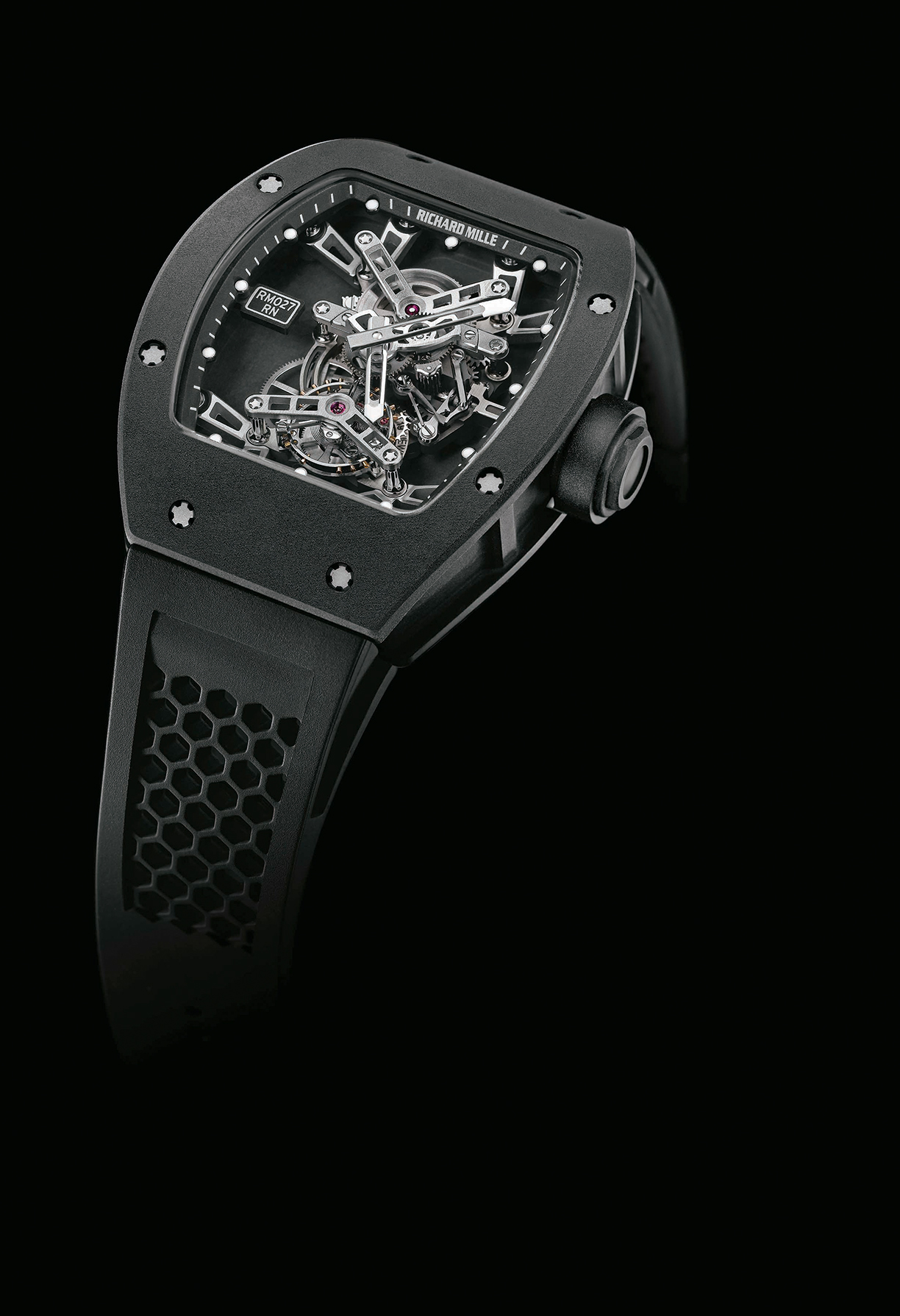
Richard Mille RM 027 Tourbillon – Rafael Nadal.
Photo courtesy of Richard Mille.

The Run To Ibiza
Roger Dubuis has created “The Run To…,” a series of extraordinary supercar adventures, with the signature drive concluding at the Monaco Grand Prix. Participants pass through unrivaled natural beauty in the world’s finest automobiles, enhanced with fine cuisine, lavish accommodations and world-class entertainment. The glamour of these journeys fuel the company’s inspired watchmaking. Photo courtesy of The Good Life Inc.
Creating a space for narrating and showcasing the energy, the visions and the approaches of young designers, SaloneSatellite’s Permanent Collection features some of the most groundbreaking products shown over the 20-plus memorable years of SaloneSatellite.
Spearheaded by SaloneSatellite’s founder and creator Marva Griffin, the collection dedicates a space at the new Legno Arredo ITS Rosario Messina Foundation Training Facility at Lentate sul Seveso.
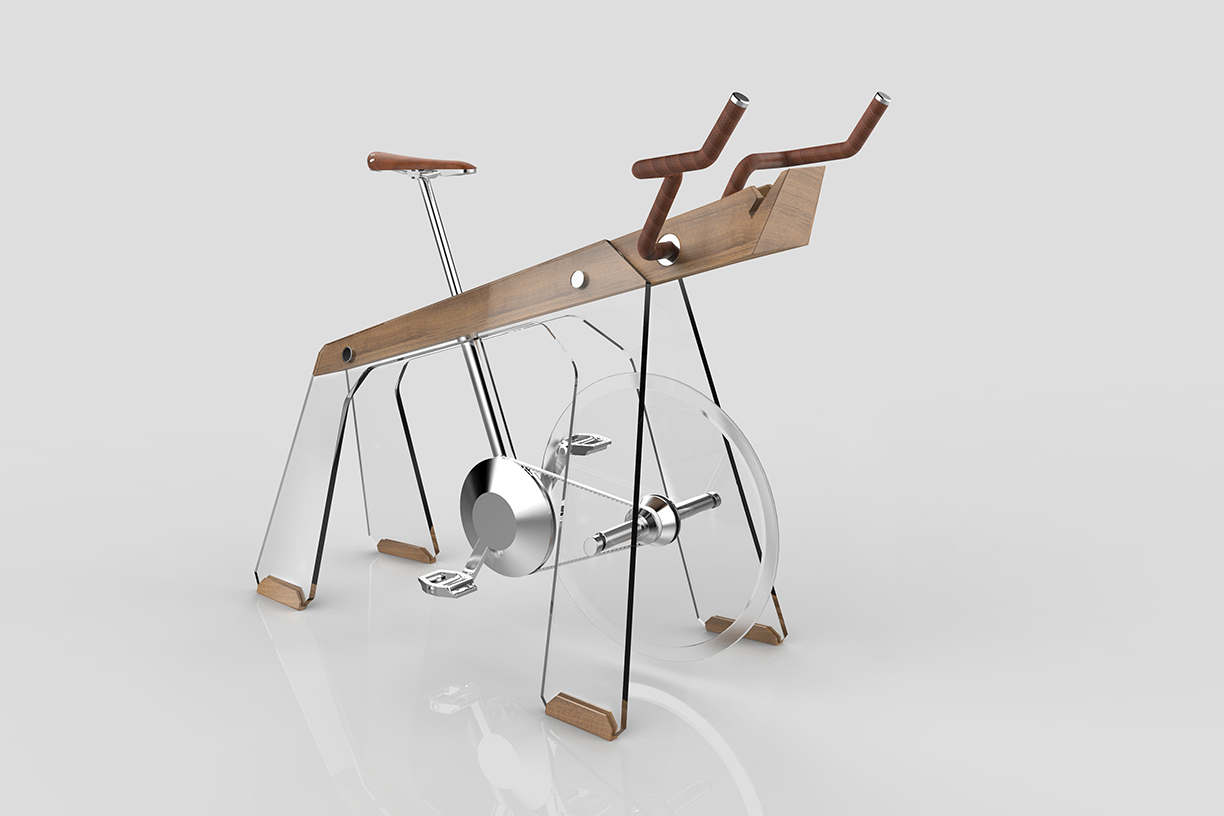
Adriano Design’s “Fuoripista”
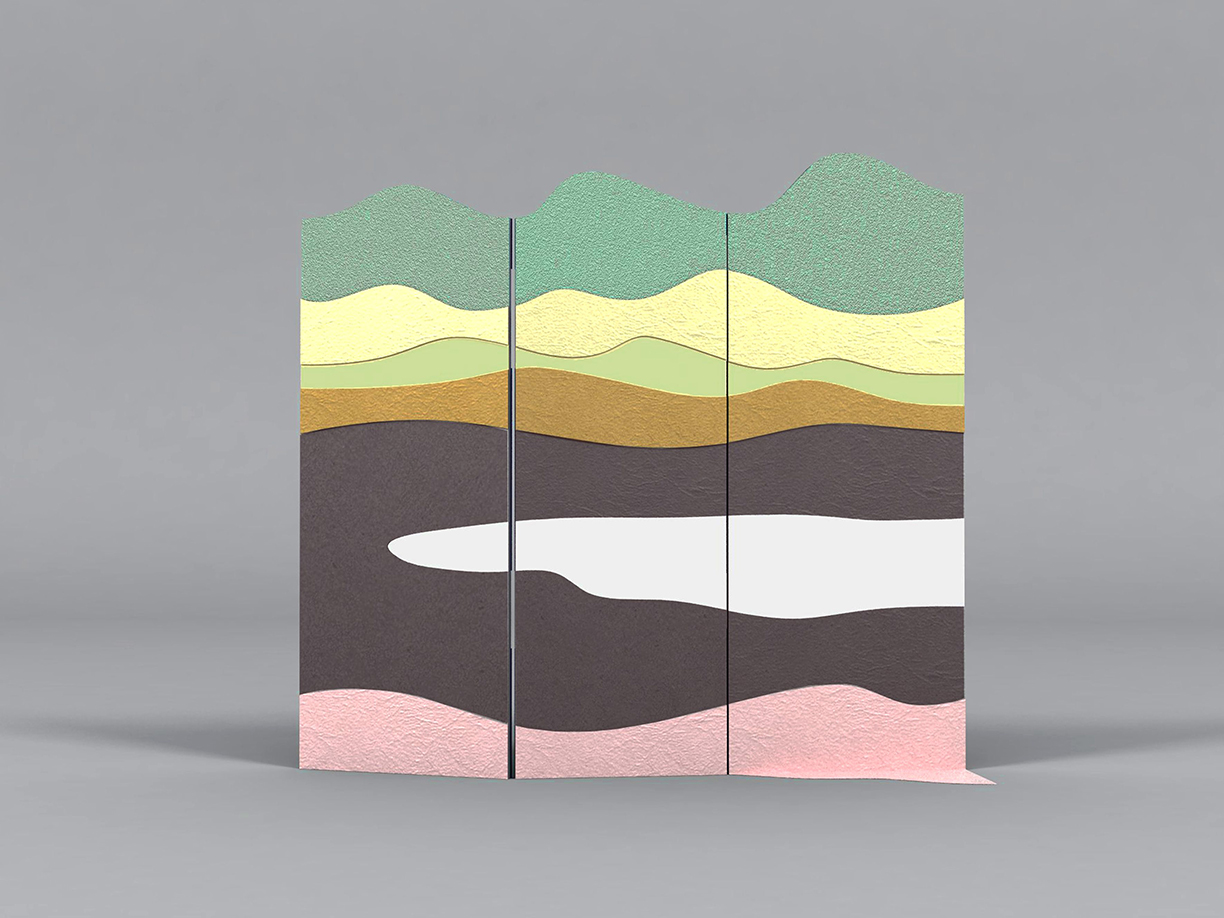
Alessandra Baldereschi’s “De Castelli”
A true design canon, The Permanent Collection hopes to create a pathway that will allow visitors to get to grips with the new artistic and methodological evolution that characterises contemporary design.
“The objects on exhibit may be sources of inspiration and learning, precisely because of having been designed by other young people who made them fuelled by their passion, enthusiasm and desire to win,” says Griffin.
The authors of the works in the collection are a selection of the more than 11,000 young designers who have passed through the ranks of SaloneSatellite. While the collection currently showcases around 500 products, it will continue to shape and grow for years to come.
Three different design approaches have informed these creative products. Many of the makers focused on typological innovation, attempting to rethink the traditional shapes of domestic objects. This means cleverly reinventing candlesticks, hooks, clothes hangers, tables, bookcases and more.
Other designers focused on constructive experimentation by means of intelligent and astute exploration of materials. While innovating, designers tried their hands at recycling, retrieving, rehabilitating and transforming raw and semi-finished materials.
Lastly, there are a significant number of objects owed to formal innovation, to the quest for sculptural value, decorative qualities and a cheerful and witty approach channelling metaphors and allusions. This means conjuring up pieces whose shapes are reminiscent of the natural world, but are refined in terms of composition, proportion and rhythm.
The collection is intended not just as a place for revisiting the many products that “have made it,” but also as a space for interacting with the territory and the upcoming generations, and for engaging with the design scene of the third millennium.
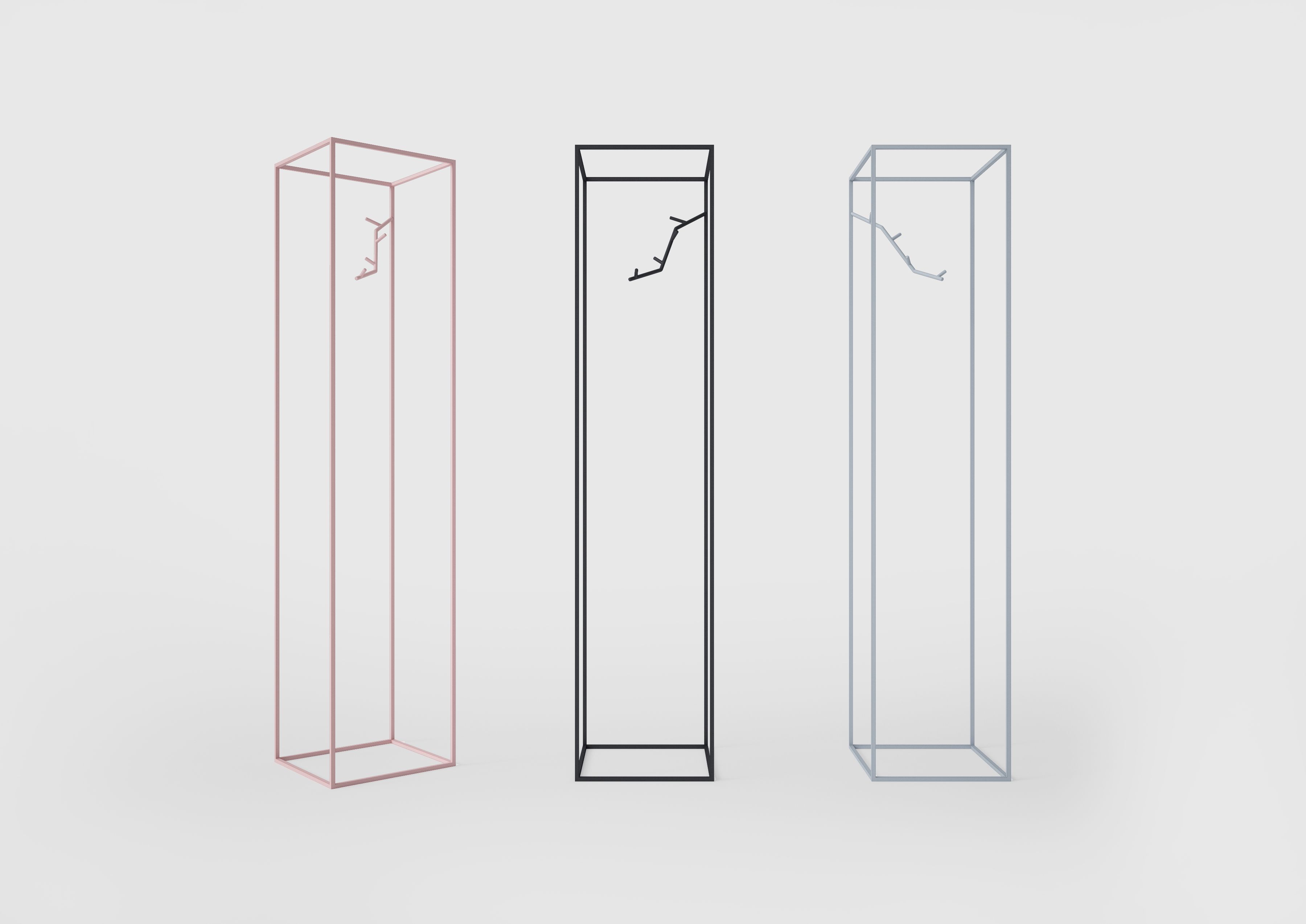
Nendo for Cappellini – “Koeda”

Nika Zupanc for Qeebo – “Ribbon Chair”
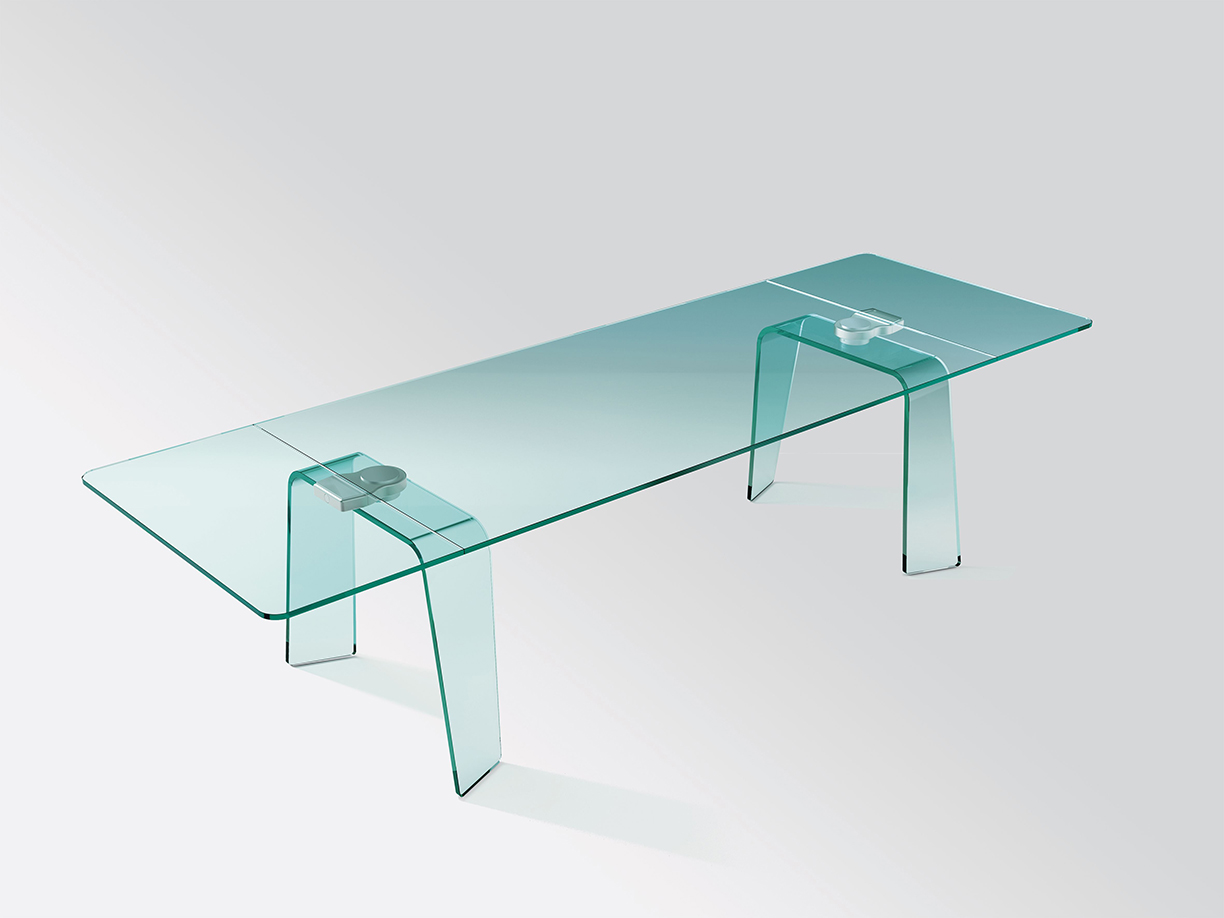
Satyendra Pakhale for FIAM – “Kayo Extendable Table”
Photos courtesy of Salone del Mobile.Milano
10 Years Later
Our year-long look at what’s changed in U.S. luxury real estate since the 2008 recession.
When it comes to architectural styles and design trends, authenticity — not opulence — is what consumers want today.
Contemporary … modern … innovative … intentional … authentic … flexible … sum up residential real estate today. During the recession and early recovery, expectations focused on the “new normal,” what real estate and life, in general, would be like following such a seminal event. But real change is often subtle yet inexorable, and that is the story of residential architecture and design over the last 10 years.
After almost a decade, the much hyped new normal has finally arrived. Almost suddenly, it seems everything — architecture, design, outdoor connections, consumer attitudes — has been revamped in ways that entirely transform luxury homes. “It’s not just about how beautiful the building is, but what’s the experience. That’s a big evolution from where we were pre-recession,” observes Bruce Wright, AIA, vice president and principal at SB Architects.
Architecture
“Before the recession, I would say of the 60 to 70 homes we design a year, we would get one contemporary request and maybe a transitional request from clients. Now it’s flat-out contemporary. We’re talking flat roofs, pools on the roofs, outdoor screened rooms up on the upper levels,” says
Michigan architect Wayne Visbeen, AIA. “The resurgence of mid-century modern has also been a big, big part of our business.” Even when clients want homes that reflect regional architecture and connections, he says, “it’s with a contemporary edge, definitely with more simplicity and less frou-frou.” Visbeen’s firm works in 48 states and 10 countries, and he sees the move toward contemporary, notably a warm contemporary, playing out nationwide. Also in demand, even in locations as diverse as Beverly Hills and Miami, is an interpretation of contemporary dubbed “modern farmhouse.”
In the South, Stephanie Gentemann, AIA, a partner at g2Design in Savannah and director of Palmetto Bluff’s design review board, a transitional aesthetic, which she sees as a blend between contemporary and traditional, is gaining prominence. Gentemann also sees modern farmhouse garnering interest. Preferences for contemporary, transitional and modern farmhouse are not restricted to upscale homes, but range across all age groups and income levels.
For luxury, Gentemann says, “The more expensive the house, the more eclectic we get in terms of architectural style. There isn’t one predominant style that I see that is dictated by price point.”
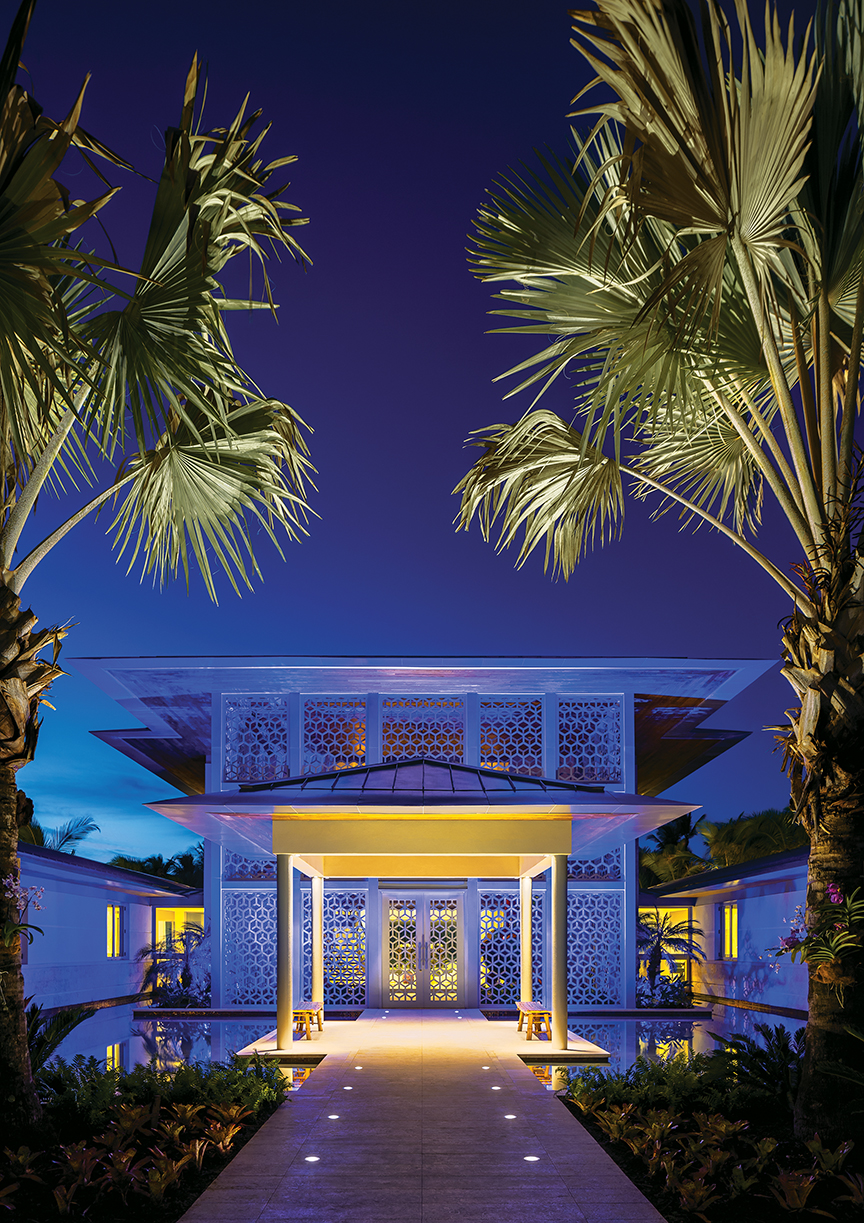
©2018 Ciro Coelho / CiroCoelho.com
“What we see now is driven by a better- educated consumer. We’re seeing an appreciation for contemporary architecture with a warm material palette that is accessible and friendly, but not thematic, that is not an interpretation of another culture. It’s really about creating this kind of transparency, layered architecture that has rich materials and more materials communicated in a more contemporary format,” says Wright.
“I think it’s an interesting place where we are design wise,” says Ken Bassman of Bassman Blaine Home, who helps owners turn Montage residences into dream homes in Maui. “People want things to be more streamlined, clean and neutral. But it doesn’t mean that it’s bland or boring. There’s actually more color with artwork,” pillows and accessories. Wall coverings are back along with textural finishes and even a touch of glamour.
On the Big Island, designer Gina Willman says, “everyone is looking to ‘lighten and brighten’ their surroundings. We are lightening up walls by plastering or painting with hues significantly brighter than the ‘50 shades of beige’ phase of the 2000s. New homes are exploring lighter wood tones and cabinets.”
Revamped Interiors
Exterior architecture and elevations are only one transformation for homes. Inside, floor plans are being revamped as interiors undergo substantive alternations. “If I pull out a floor plan from 10 years ago, it would seem like a total disaster. There are things we would never do now,” shares Chris S. Texter, AIA, a principal at KTGY Architecture + Planning.
Open floor plans continue to define interiors. Living rooms are passé, often replaced by smaller rooms owners can configure however they want. And the jury is still out on separate dining rooms. James Rill, principal of an eponymous Washington, D.C. architectural firm, says dining rooms are often designed for alternate or dual uses such as a library.
Open plans are evolving to be more functional and nuanced. The intentional piece in open-concept design, observes Chicago designer Mary Cook, is the way these spaces are “high-performing, multitasking and they share their functions across rooms. People want the spaces to live better; they just don’t want to fill empty space.”
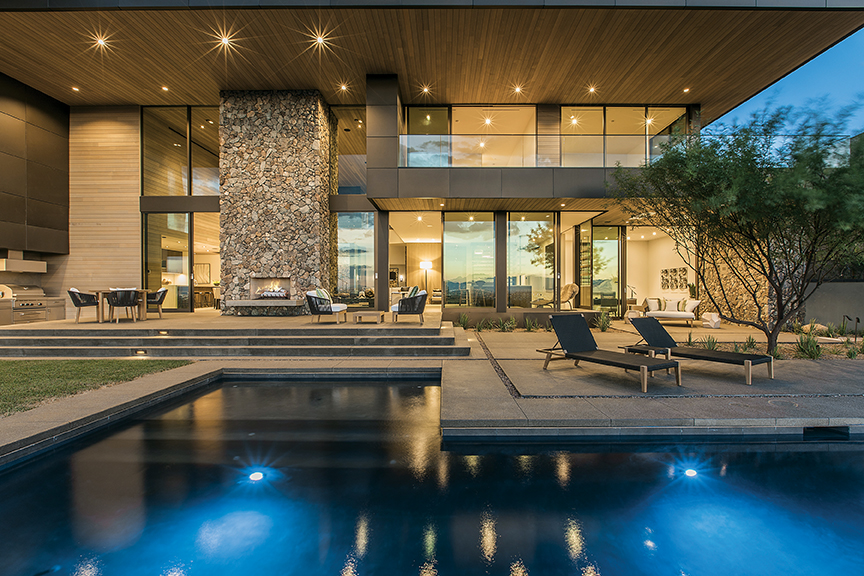
A variety of materials, warm hues and stone are contemporary hallmarks as shown in the Marmol Radziner designed inspiration home at Ascaya in Las Vegas.
Photo courtesy Boulderback 5.
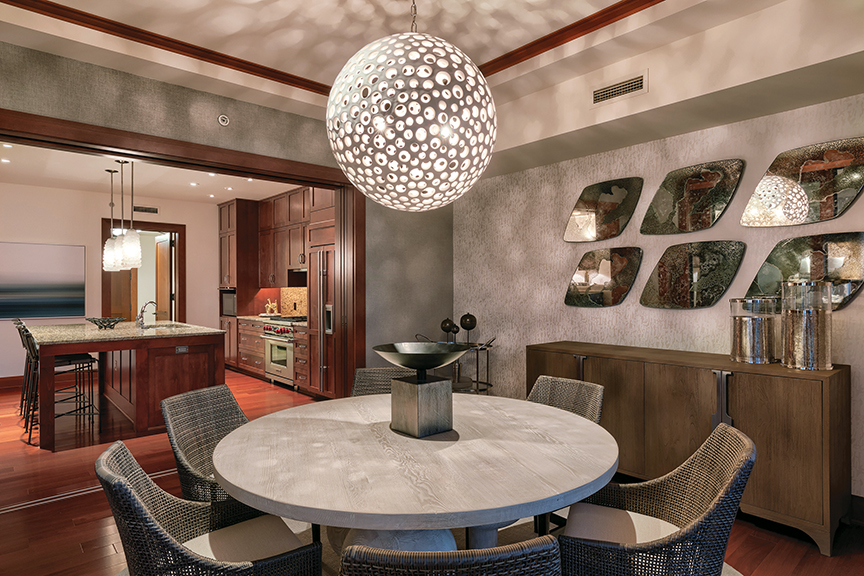
Currently a dining room, this space is equally adaptable as an office, studio or play area. Pocket doors add to this versatility without interrupting the flow.
©David Tonnes dba. PanaViz Photography / Courtesy of Ken Bassman
Open to Innovation
Even in large homes, Visbeen says his firm looks for opportunities for more creative uses and more innovation. “If I had to say anything was the real trend, it would be innovation for us.”
“Creating spaces where the kitchen, living and dining all seamlessly merge together supports a more contemporary style of architecture,” Wright explains, adding, “we are doing it on a grand scale, but also in an intimate way to help support the cadence of a daily routine.”
Kitchens, particularly in upscale homes, capture even more square footage. “People are spending a lot more money in their kitchens,” says
Pamela Harvey, owner of Pamela Harvey Interiors in Washington, D.C.
In lieu of luxury mainstays such as Wolfe or Viking, many opt for even higher-end appliances including La Cornue, AGA and Bertazzoni. Colors are another growing preference for both cabinetry and appliances. And clients now want range hoods to be powder coated to match the cooking appliance. What’s trending for colors in kitchens is dark blue, Harvey adds.
Pantries are back and are more like those from 100 years ago. “Pantries are taking on a life of their own,” says Texter, referring to the need for more storage along with additional functionality in kitchens. Open-concept designs mean the kitchen is always on display, so back kitchens or a second kitchen area tucked out of the way (once a nice-to-have amenity) are now a luxury “must-have.”
They can range from an expanded pantry with additional counter space to corral counter clutter to a fully outfitted butler’s pantry, which at the highest price points might morph into a full-on catering kitchen.
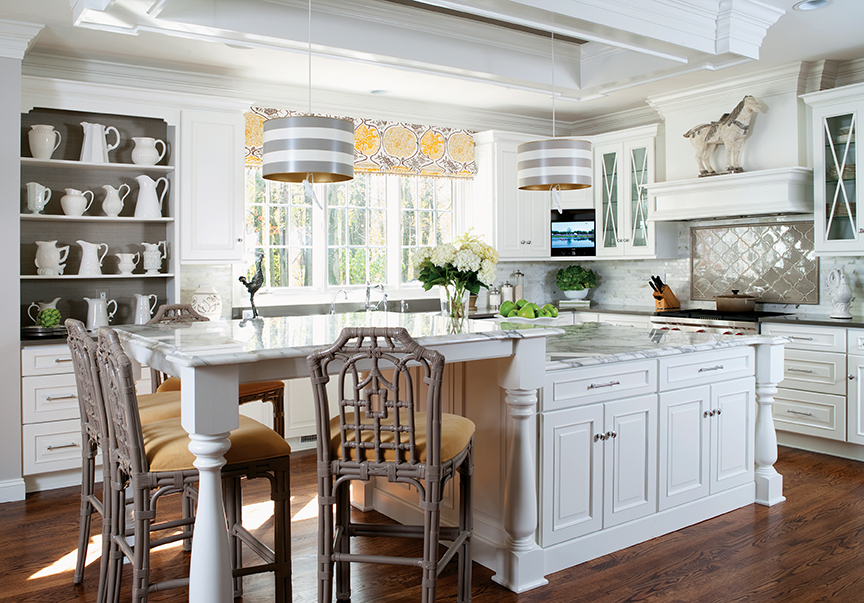
More square footage is devoted to kitchens and pantries.
Photo by Stacy Zarin Goldberg / Courtesy Pam Harvey Interiors
New Connections
One of the most transformative changes in floor plans, the orientation of kitchens and great rooms and the experience of the home overall, comes from the way interiors now relate to the surrounding landscape. “Outdoor living spaces are an enormous part of our business and have been for years, but it has taken an even greater level,” observes Visbeen.
Ten years ago, outdoor living referred to patios, gardens and decks. Today, thresholds are blurred, and the division between inside and outside is almost nonexistent. “It used to be enough to have a sliding glass door or a French door that went to the backyard. And now it’s about how that indoor space expands and takes advantage of the fenestration. Then, there is the desire to have a room outside, and that wall just disappears, and the space doubles in size,” says Texter. “Now we’re practically designing the backyard to go with the home. That space is part of the home, and the design is integral.”
New technology is also a catalyst for this transformation. The cost of large windows and disappearing doors is much lower than before the recession. New products include more sizable expanses of glass, broader doors, doors that pivot, and windows and doors that wrap around corners, greatly expanding options to integrate inside and outside areas, visually and literally. Having sightlines that directly extend to an outside patio or room visually expand smaller rooms.
Metal frames also mean less weight and larger panes of glass, according to Rill. In traditional homes, renovations and additions almost always address the indoor/outdoor synergy. Rill says they use metal framed glass more frequently and, in some rooms, disappearing doors are replacing sliders and French doors. “People are moving toward something that’s a little sleeker, a little cleaner and a little more playfully modern, but still within traditional proportions and shapes.”
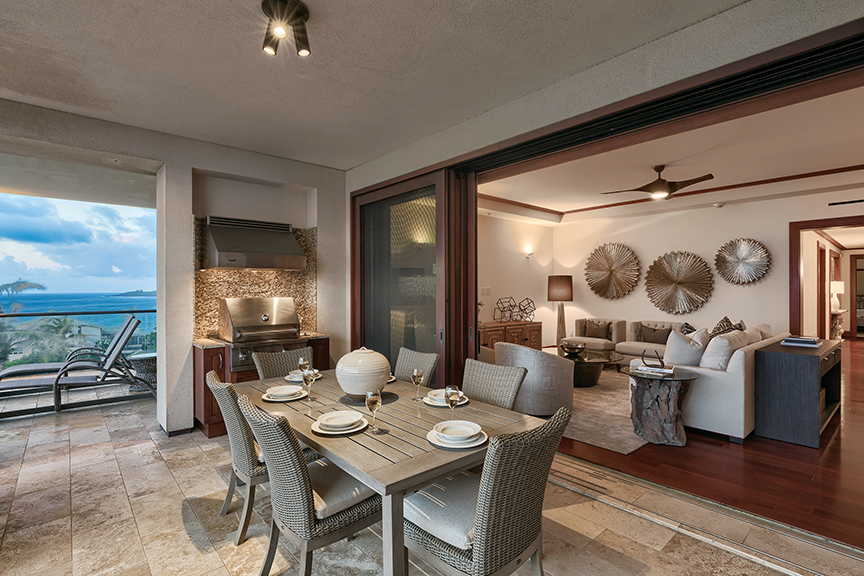
Today, thresholds are blurred, and the division between inside and outside is almost nonexistent.
©David Tonnes dba. PanaViz Photography / Courtesy of Ken Bassman
Authenticity, Not Opulence
A decade ago, luxury homes were often considered a testimony to status, and ostentatious demonstrations of affluence were acceptable. “During that era, it was in vogue that the more money you spend, the better it was. And after the recession, people came away from all of that. That heavy, goopy, layered, gilded aesthetic just evaporated. There was this yearning for authenticity,” explains Cook.
“Because of knowledge and images and travel that people are exposed to, they are more willing to be authentic to what they want instead of what is considered the norm. Also, people are moving away from that and it’s become more about what they want in their home and how they want their home to feel,” says Harvey. “They want their home to reflect who they are, whether they have a designer help them get there or not.”
Are homes getting smaller? Yes and no. Overall home sizes have seesawed since the recession, according to data from the National Association of Home Builders, but designers say how a space functions and is finished trumps size. “People are rightsizing more, so we’re seeing higher-end finishes in smaller square footage and the desire to use rooms more efficiently,” says Visbeen.
Rightsizing might be a trend, but signs that home sizes are beginning to creep up — especially for luxury properties — are prevelant. Since the recession, Gentemann sees the range of home sizes expanding. “Not only are there smaller homes, but larger homes as well.”
What has changed is the way additional square footage is used. “As square footage is going up, the walls are coming down and those spaces are opening up to each other. So those core areas where people come together are most important; I think what’s driving that is the casualness of life today and wanting to be able to come together,” explains Cook.
“People are looking for a graciousness of space, which is different than size,” says Ann Thompson, senior vice president of architecture and design at Related Midwest. “Consumers are very savvy now in a way we didn’t see 10 or 15 years ago. I think people are much more cautious and careful in their decision making. They are really assessing value.”
In the higher end, the more affluent the buyer, the more astute they are. “These are people who are very accomplished in their own field, and often that means they’re great decision makers. They’re researchers; they educate themselves about things in their life that are important to them and certainly their home is one of the most important decisions that they make,” shares Thompson.
Homes Are Resorts, and Resorts Are Homes
Increasingly home is seen as a refuge, a place to regroup and connect with families, which means primary homes are becoming more like resorts. Following resort trends, wellness is growing as a desired attitude, which means exercise spaces, a high level of air and water purification, steam showers and saunas are all desired amenities. “I think the overall trends in hospitality design and high-end residential continue to be largely influenced by travel, social media and the accessibility of high-end design that is reaching the consumer in general. There is a continual elevation of expectations,” shares Wright. On the other hand, second homes are becoming more like primary homes, with larger master closets and the addition of any needed features to equip the homes for year-round living. Offices are also another potential addition, as are larger kitchens.
Also, sustainable and energy-saving features, along with smart home technology, are no longer amenities. Rather, they are expected. Looking ahead, designers have a raft of features they see as most desirable. They include: hidden rooms, gun safe rooms, his and hers master baths, diverse wine storage areas, multiple detached structures, storm preparedness, backup generators, outdoor living on multiple levels of homes, and future elevator shafts. One innovative use in a Palmetto Bluff home, until the elevator is required, is to convert the space into a climbing wall, which keys into Visbeen’s observation that innovation might be the overarching trend.
When technology experts compare the current pace of innovation behind the scenes in real estate to the Dot.com Boom of the late 1990s, it’s time to take notice.
By Camilla McLaughlin

Could another tech revolution for real estate be at hand? During the last tech surge, more than a few pundits speculated the agent would become increasingly irrelevant as technology took over most aspects of the job. Today, amid speculation about blockchain, artificial intelligence and other emerging technologies, whispers about the demise of the agent are once again surfacing. But experts say today’s next-gen tech will only make the role of the agent more relevant, particularly in high-value markets.
“Ultimately, relationships remain at the core of real estate, and today they are more important than ever,” observes Stephanie Anton, executive vice president of Luxury Portfolio International.
While attention in recent years has riveted on technology for the home, a wave of innovation with the potential to be even more transformative is on the cusp of altering everything from the way homes are marketed, to access to property data, to the execution of the sale. “We are at the tipping point of change
for real estate. Within three to five years, the entire property landscape will have shifted. Real estate search will be completely remastered, and the industry as a whole will not resemble what it is today,” says Joel Leslie, partner and CEO of Propify, a California startup that was developed in Australia.
The time frame for Leslie’s projection might be optimistic, but there is no doubt that the way properties are bought and sold will change in the not too distant future, perhaps even more dramatically than the mid-1990s when listings and property information became publicly available and searchable online. As a result, new brokerage models emerged; some remain, many do not — but the impact of technology on the way homes are bought and sold endures.
“Technology continues to transform the real estate industry, and particularly in the last few years as we have seen more and more true innovation introduced that can make agents’ lives more efficient, their tasks more automated and their time more effective,” says Stephanie Anton.
“An ever-complex sales process, record home values and elevated consumer expectations require agents to rely on a range of tools from contact management to virtual reality. “In the world we live in today, you truly have to be rigorous to keep up with the ‘latest and greatest,’” shares Anton.
Luxury sellers want “to see that an agent has the tools and wherewithal to expose their home to the buyer groups that have the most potential to purchase. They want to know that it’s being placed in the right places, where luxury buyers are looking. They also want to easily see the work that the agent is doing on their behalf,” says Tom Morgan, who heads up marketing for Gabriels Technology Solutions, a technology provider for luxury real estate brands. Productive agents rely on CRM or customer relationship management software to facilitate and streamline this process and provide detailed reports to clients.
Contacting an agent and discussing parameters of the home used to be the norm when someone decided to buy a home, says Bob Hurwitz, founder and CEO of Hurwitz James Company. Now, that initial contact usually happens after the buyer has done his or her own research on everything from available homes for sale to neighborhood statistics to online value approximations.
“The agent is still absolutely key though, as much of the information online, particularly ‘valuations’ from third-party aggregators, are ludicrous and inaccurate, based on incomplete or faulty data. Additionally, much sales data is not available as more and more listings are sold off market,” says Hurwitz.
Online searches, often on mobile devices, have upped requirements for how properties are presented online. “The days when a photographer would come in and shoot 20 photos are over. It is imperative that photography, VR [virtual reality] tours and video be absolutely of the highest level,” Hurwitz says. To take a unique property to the next level and make the property stand out, Hurwitz has hired an award-winning director to produce visuals.
Disruptive Technologies
When Matterport introduced 3-D technology to real estate imagery, it was a game changer. Once floorplans came off the page, it was possible to get a much better sense of the configuration of a property, and 3-D floorplans invite exploration. Now, pioneering newcomers are making 3-D technology less expensive and possibly applicable to a range of price points. “Apple investments suggest that soon, with the iPhone 11, you will be able to create such beautiful content using a camera in your pocket,” says Anton Yakubenko, co-founder and CEO of GeoCV.
GeoCV offers a high-quality 3-D immersive experience in both tours and floorplans. There is a “true sense of being with realistic depth and HDR [high-dynamic range] photo realistic quality,” explains Jonathan Klein, director of partnerships for GeoCV. “We differentiate ourselves by leveraging 3-D-enabled smartphones and taking an open approach to the data.” GeoCV’s floorplans and tours also include patios, porches and other outdoor connections, giving potential buyers a good idea of the indoor-outdoor synergy of a property.
“Technology continues to transform the real estate industry, and particularly in the last few years as we have seen more and more true innovation introduced that can make agents’ lives more efficient, their tasks more automated and their time more effective.” — Stephanie Anton of Luxury Portfolio International.
It’s A Virtual World
Virtual staging is not new. It was introduced in 2009, but the overall result was less than realistic. New technology means virtually staged spaces appear as real furnished rooms. “With dynamic 3-D augmented and virtual reality capability, buyers, sellers and real estate agents can eliminate visualization barriers using technology to showcase how a space will look fully furnished, but in a more scalable, convenient, cost-effective and personalized way than ever before,” says Pieter Aarts, CEO of RoOomy.
Virtual staging does more than act as a substitute for real furnishings. Some options allow viewers to change the position of a wall or windows. So, buyers can imagine how a property would look if, for example, the landscaping was changed or with a wall knocked out, explains Tim Rose, national sales manager for PlanOMatic, which offers virtual staging, interactive floor plans and 3-D walkthrough.
By collaborating with retailers of home furnishings, RoOomy gives potential owners a preview of what a room would look like with their choice of furniture. Using a design app on their site, buyers and homeowners can also try out various pieces of furniture or an entire scheme in a room, and the results are presented in 3-D. RoOomy also found a place on Architectural Digest’s list of the 20 best home design and decorating apps.
“Suddenly, virtual reality is making it possible for people to visualize a home before it’s built,” says Alexander Hovnanian, area president for K. Hovnanian at Port Imperial Urban Renewal VI, LLC. K. Hovnanian is innovating the way new construction is sold using virtual reality. Buyers tour Nine on the Hudson, a new project in West New York, New Jersey, while the 278-unit condo building is being constructed. Donning VR goggles they can walk the building and preview their future home as well as the views and patios and decks. Distant buyers use their iPad to link to an Opto tour using goggles supplied by K. Hovnanian. So far, the tours have resulted in more than 80 signed contacts from as far away as California.
What didn’t change dramatically during the tech revolution is the way property searches, which typically still require a specific location or geographic area as a delineator, are conducted. A few brands that cater to the affluent, such as Sotheby’s, allow a search by lifestyle, architecture or amenity without restrictions to a specific location.
Future searches for real estate potentially will bypass conventional portals and give access to an even larger number of properties — despite whether they are listed in the MLS — as blockchain technology becomes more widely adopted. Propify is a new social media search platform for real estate that employs blockchain technology. “The future of tech and real estate will make it easier to find the right property and Realtor and broker no matter where you are located. This will happen quickly and with confidence. There is no doubt that the traditional property search websites will not disappear overnight, but they will not be as aggressive as they once were,” says Leslie, who says the social media aspect of Propify has the most appeal for agents right now.
Blockchain and Distributed Ledger
Seemingly bursting on the scene in the last year, blockchain technology was originally developed as a platform for Bitcoin. But blockchain is applicable for many other uses, and is not to be confused with cryptocurrencies. “Blockchain technology is a digitized way to immutably record and share information. Blockchain-based smart contracts have the potential to transform real estate purchases, sales, leasing, financing and management,” says Marci Rossell, chief economist for LeadingRE and Luxury Portfolio. “Fortunately, the average person doesn’t have to grasp the technological details of how blockchain works; they just need to know what it can do for them.”
Some speculate that blockchain could be as transformative as the Internet was. Rossell compares the current climate to the Dot.com Boom of the late 1990s. “Blockchain is in the early stages of its commercial development and application. I expect that, over the next decade, it will be another Internet Wild West out there, with blockchain-related businesses emerging at a rapid rate. And just like the Dot.com Boom, a few will survive, thrive and transform their sectors — like Amazon. But there will also be many lost fortunes on the ideas that don’t work out,” she says.
Several blockchain platforms for real estate have been introduced, including Ubitquity and Propy.

Cryptocurrency Hubbub
Recently, Canter Companies, a San Diego brokerage, listed two properties offering the option of payment in cryptocurrency. Outlining the steps that had to be navigated, including banks and title companies, just to make this offering, CEO Andrew Canter says it was a detailed, but possible, process. Still, he cautions, “It’s early days. It’s something that is evolving every week.”
“Cryptocurrency is really a fascinating addition to the real estate industry,” says Hurwitz, who notes one of his agents just closed a $4.6 million transaction where the down payment was in Bitcoin. “It’s something that would have been unfathomable not too long ago,” he says. “What made it more challenging is that the buyer was actually obtaining a loan and it was necessary to find a sophisticated lender who understood the concept and was able to fund without a problem.”
The appeal of cryptocurrencies for global buyers should not be discounted since they potentially offer the ability to move currencies more securely and with fewer fees. Smart contracts and transactions via blockchain are expected to have appeal in countries where the sales process and property rights are not as secure as in the U.S.
Even though cryptocurrencies are not something most agents will encounter any time soon, major real estate brands and affiliate groups are keeping them on their radar. “Whether you’re skeptical of it or not, it is huge. We have thousands of new millionaires, and there are some new billionaires out there, purely off cryptocurrency. So, it’s something you’ve got to pay attention to,” says Danny Hertzberg with The Jills team at Coldwell Banker Residential Real Estate in Miami, who has briefed agents in his office on the topic. Even though people are marketing properties that say they are willing to accept cryptocurrencies, he says, most of those transactions actually close in dollars. “They’re doing an exchange, you know, prior to the deposit, and they’re exchanging Bitcoin for dollars and doing the same thing before the closing.”
Like Canter, Rossell believes it’s the early days and lots of changes are likely. “When a new technology of any kind emerges, multiple applications often compete for commercial dominance. Think Beta and VHS, or Facebook and MySpace. Real estate-related payment systems are likely to go through a similar process, where multiple systems compete until users coalesce around their preference. And don’t despair if you feel behind the curve on all things blockchain. While the topic burst on the scene late last year, it’s applications to real estate will unfold over many years.”
Being an innovator such a unique and artistic industry as design and architecture takes time and extraordinary effort. To showcase the innovative women making large strides in this business, CovetED Magazine recently highlighted 25 of the most influential women in both design and architecture on their blog.
Zaha Hadid
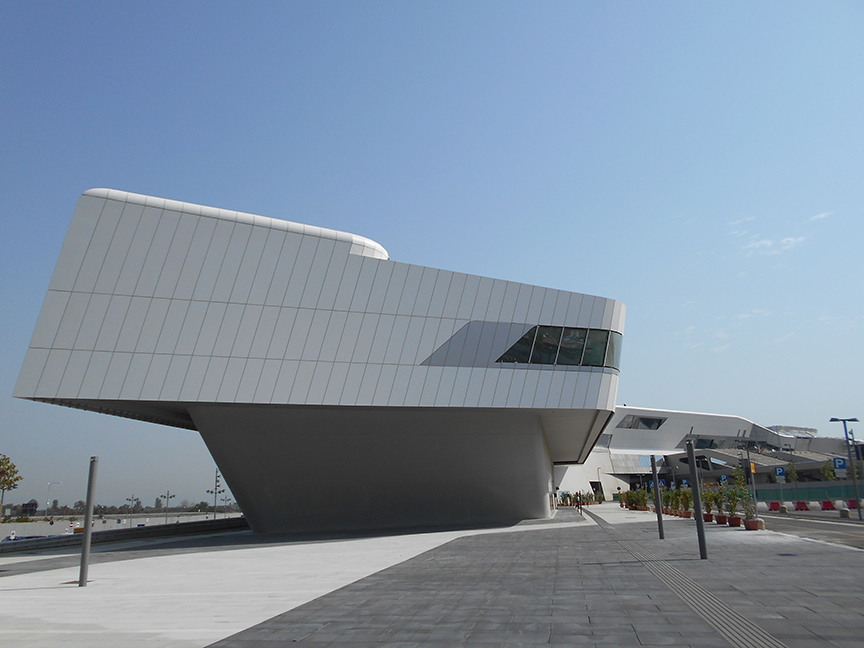
Zaha Hadid, the iconic Iranian-British architect known for her powerful, neo-futuristic creations and exemplary architecture. Though her passing in 2016 has left the world with one less imaginative spirit, her artistic views exist in her projects and their impact on those who see or benefit from them.
One of these projects includes the Napoli-Afragola high-speed train station that provides a key interchange hub for four high-speed train lines. Located only 7.5 miles from Naples, these lines will link the north and south sections of the country.

Headshot photo credit: Dmitry Ternovoy. Train station photo credit: Pivari.com
Kelly Wearstler
Interior designer Kelly Wearstler also ranks highly on the list. Known for her aesthetics in modern California luxury, Wearstler’s business has grown remarkably since the early ’90s from a boutique interior design firm to a global lifestyle brand, with designs in lighting, fabrics and furniture in both residential and commercial spaces. Artistic pieces like this gold sculpture showcase a bold, unique presence that makes a statement.
Neri Oxman

Architect, designer and inventor Neri Oxman is known for making her own statements in both the architectural and scientific fields of study. As Sony Corporation Career Development Professor and Associate Professor of Media Arts and Sciences at the MIT Media Lab, Oxman has coined the term material ecology, which considers “computation, fabrication, and the material itself as inseparable dimensions of design.
In this approach, products and buildings are biologically informed and digitally engineered by, with and for, Nature,” according to her website.
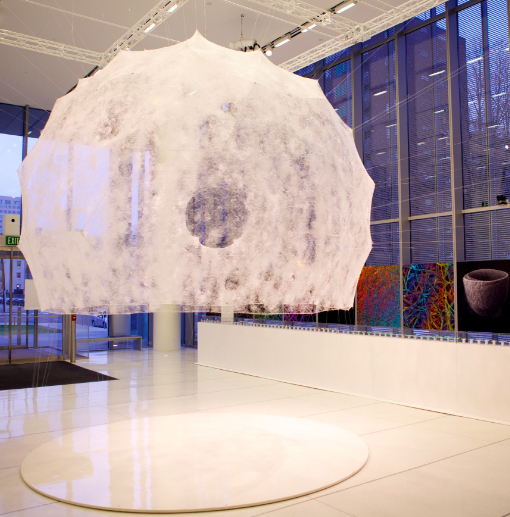
Some of Oxman’s work is included in permanent collections at the Museum of Modern Art, the Smithsonian Institute, the Boston Museum of Fine Arts and other prestigious organizations. The MIT Media Lab features one of her structures titled Silk Pavilion, created using an algorithm that replicates a silkworm’s biological silk-spinning methods.
Photos courtesy Neri Oxman.
See CovetED Magazine’s full list of 25 female innovators in the link below!
A partnership between Duravit and Studio 804 will help to pave the way toward a more innovative, accessible and sustainable world of design.
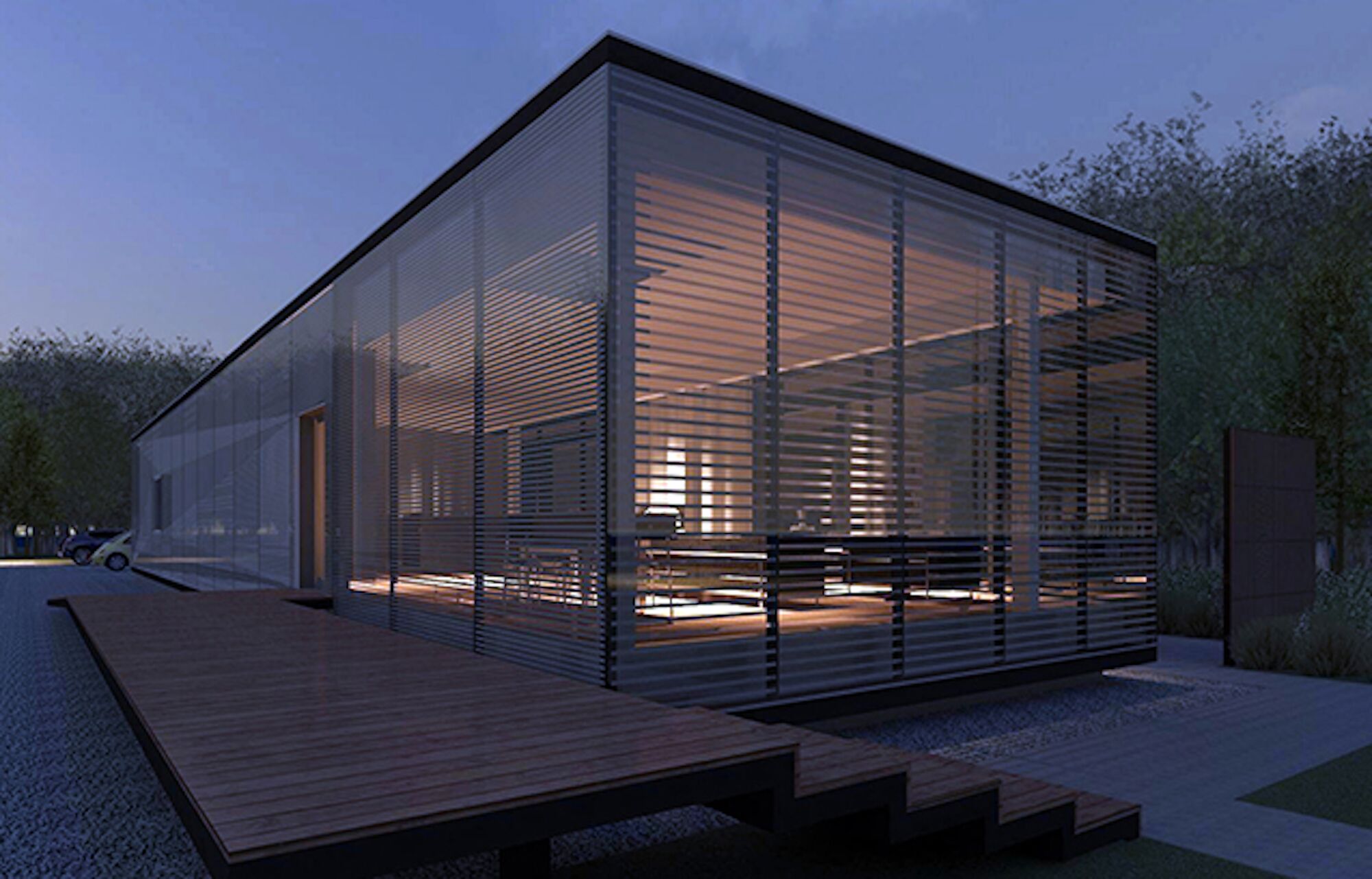
Rendering of the 2018 Studio 804 house
Duravit has joined forces with Kansas-based Studio 804, Inc. to promote the benefits of innovative, adaptive architecture and design. Studio 804, Inc. is a not-for-profit that annually builds and designs a home that represents sustainable, affordable, and inventive building solutions. Duravit will donate a variety of bathroom product for the 2018 house, highlighting the impact of forward-thinking, modern bathroom design.
“Our partnership with Studio 804 is a testament to the value of their program,” says Duravit USA President Tim Schroeder. “The effort, research, and care that goes into every Studio 804 project is something Duravit is incredibly proud to be involved with, while the company’s goal to create thoughtful, sustainable design aligns with our own core values.”
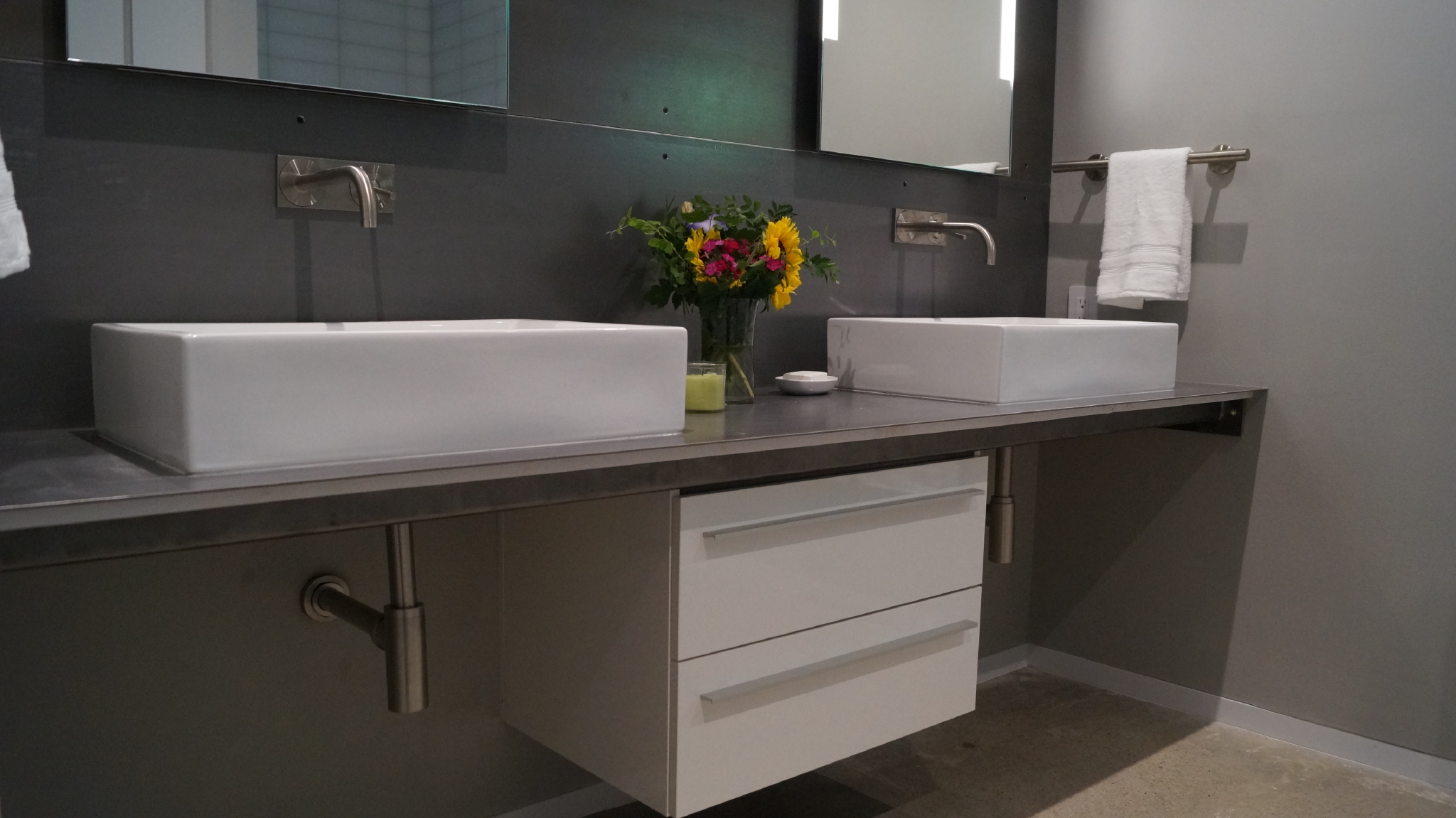
Duravit X-Large Vanity in Studio 804 Bathroom
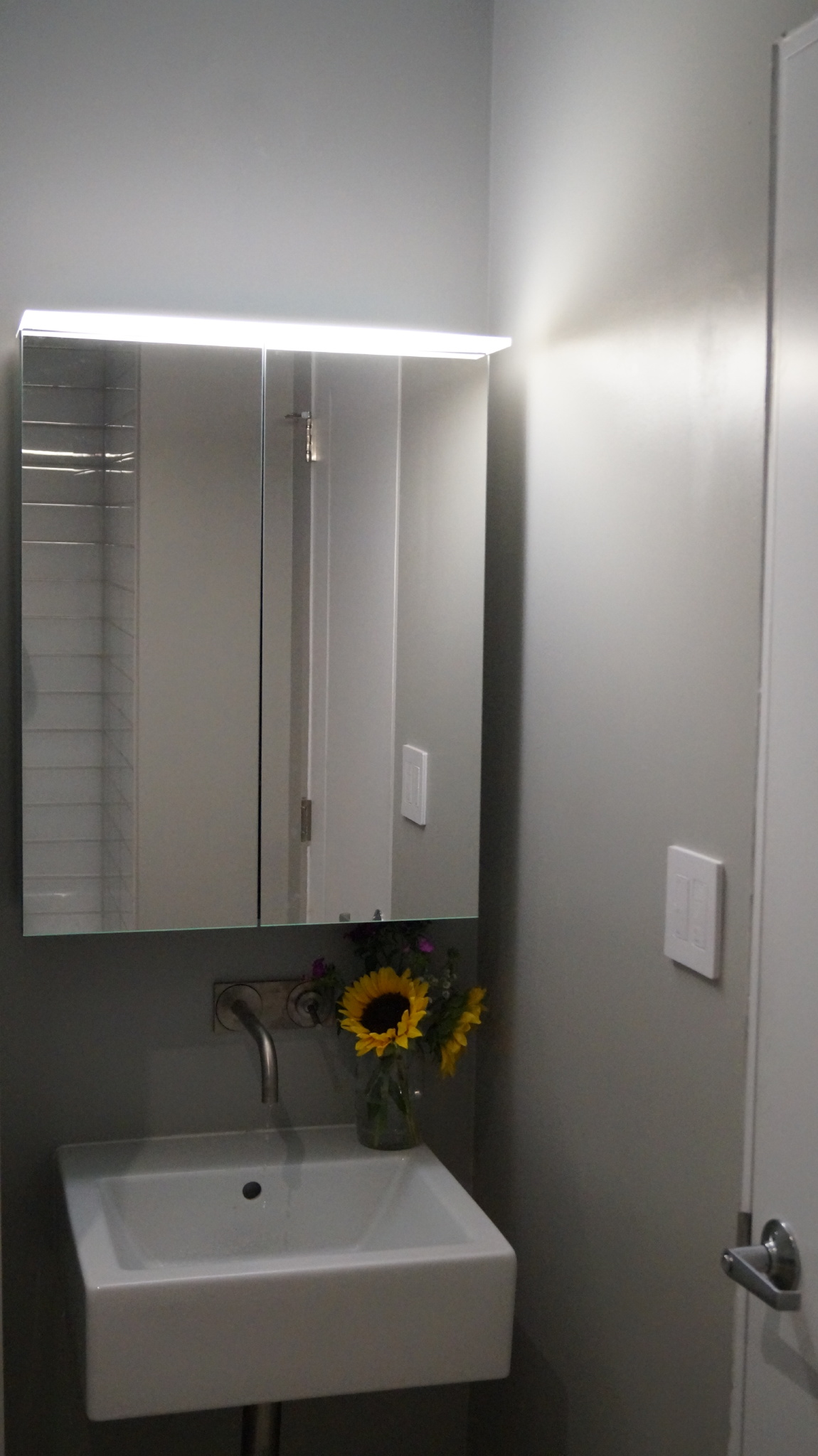
Duravit’s Darling New Mirror
Duravit will donate product to correspond with the project’s modern design and accessible features. Signature collections, including Darling New, X-Large and Delos, will be on display. Featured items include:
X-Large wall-mounted vanity: Offering plenty of storage space and subtle elegance, the X-Large vanity unit combines function with form. Perfect for small spaces, X-Large highlights maximized storage, accessibility and sleek design solutions.
Delos Mirror cabinet: Designed by EOOS, the Delos mirror cabinet utilizes innovative, non-glare LED technology and modern, minimalist forms to deliver a design-centric mirror with storage and technical solutions in mind.
“Duravit has been an ideal partner for Studio 804 throughout the years,” says Dan Rockhill, a professor within the school of architecture at University of Kansas. “The brand’s focus on innovative, lasting design matches our goals in addressing today’s evolving housing needs and shifting lifestyles.”
The 2018 house will be adjacent to Brook Creek Park in Kansas, situated to maximize views of the natural landscape. The house was designed with an open-space, flexible floor plan in mind to accommodate a variety of living situations and varying needs of the inhabitants. The project consists of both a 1,500-square-foot main house and a 500-square-foot dwelling unit, allowing for greater flexibility and multiple, adaptable living situations. Following in the footsteps of previous years, students will aim for an eleventh LEED Platinum building by limiting their impact on the environment and utilizing advanced building technologies.
Studio 804 is expected to reveal their 2018 housing project in May 2018.
Photos courtesy of Studio 804, Inc.
Kicking off its 14th season, Toscana introduces its innovative wellness lifestyle offerings and a new membership program.
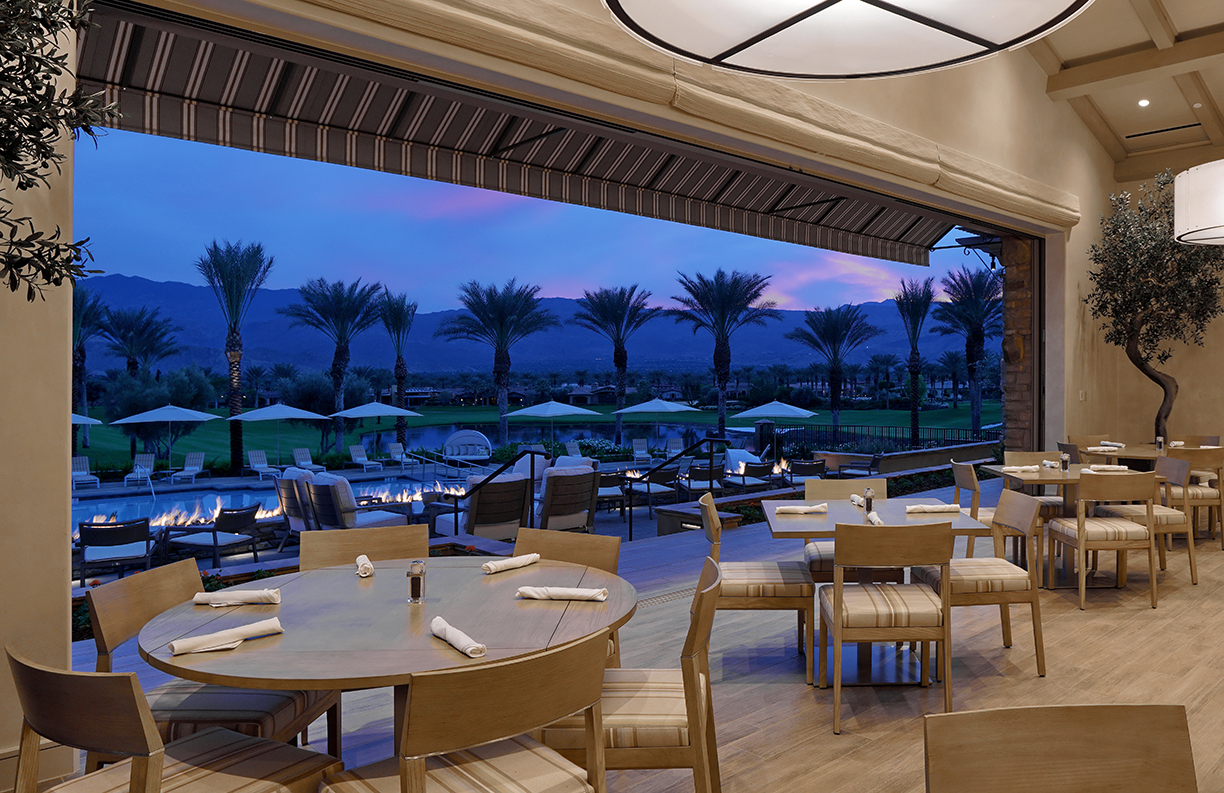
As country clubs across the United States have long struggled to keep pace with the changing generations, Toscana is reinventing the modern day country club and breaking the traditional mold by modernizing its homes, keeping pace with the latest health and wellness trends, and altering its membership plan.
Toscana Country Club, the premier private residential community in Indian Wells, has introduced La Cucina — a casual restaurant, Il Caffè — a coffee bar, a sports club pavilion with a movement studio and a pilates studio, a resort pool with a pavilion, an event lawn and new tennis, pickleball and bocce ball courts.
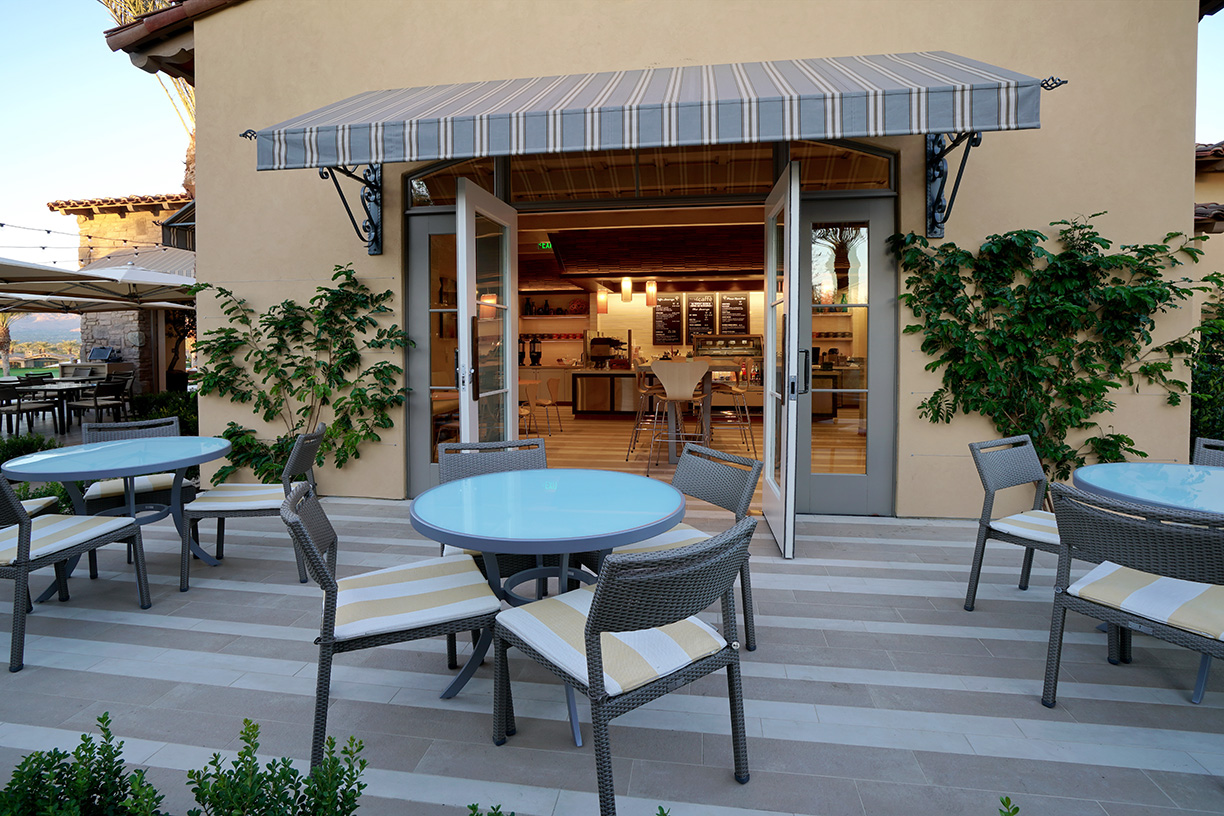
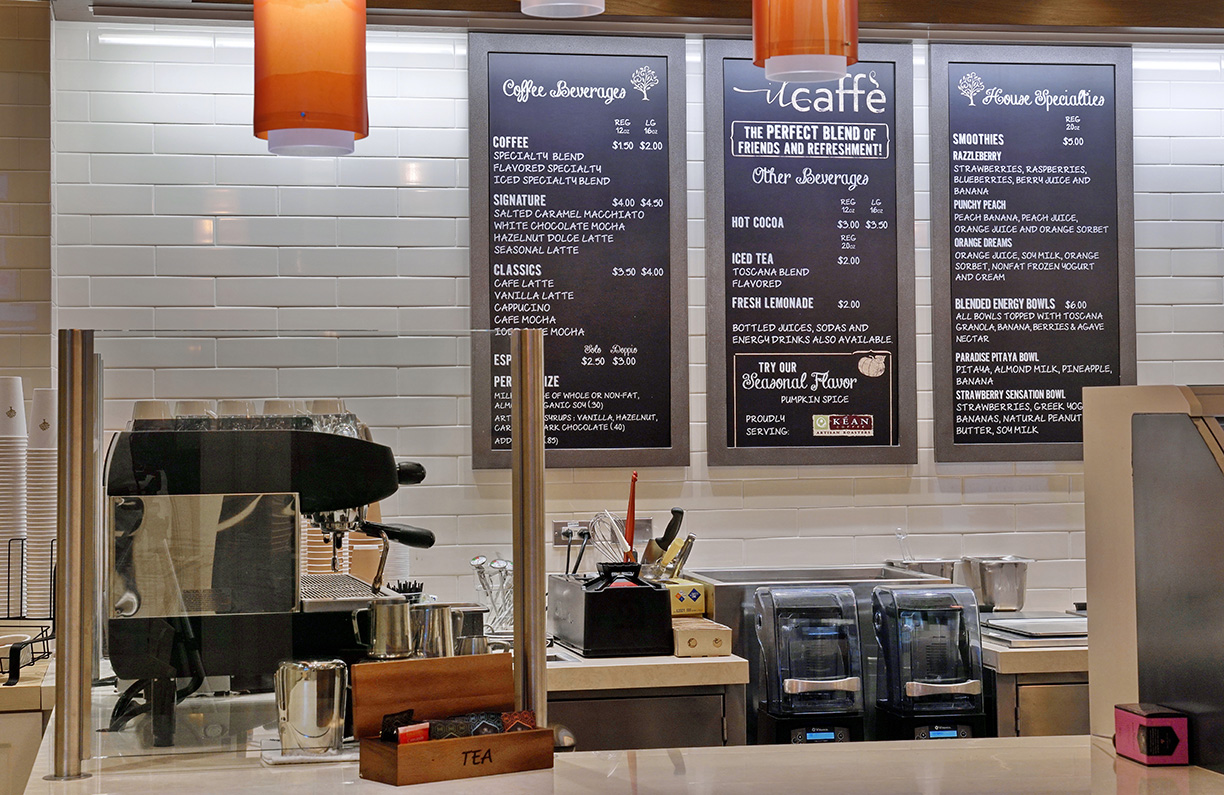
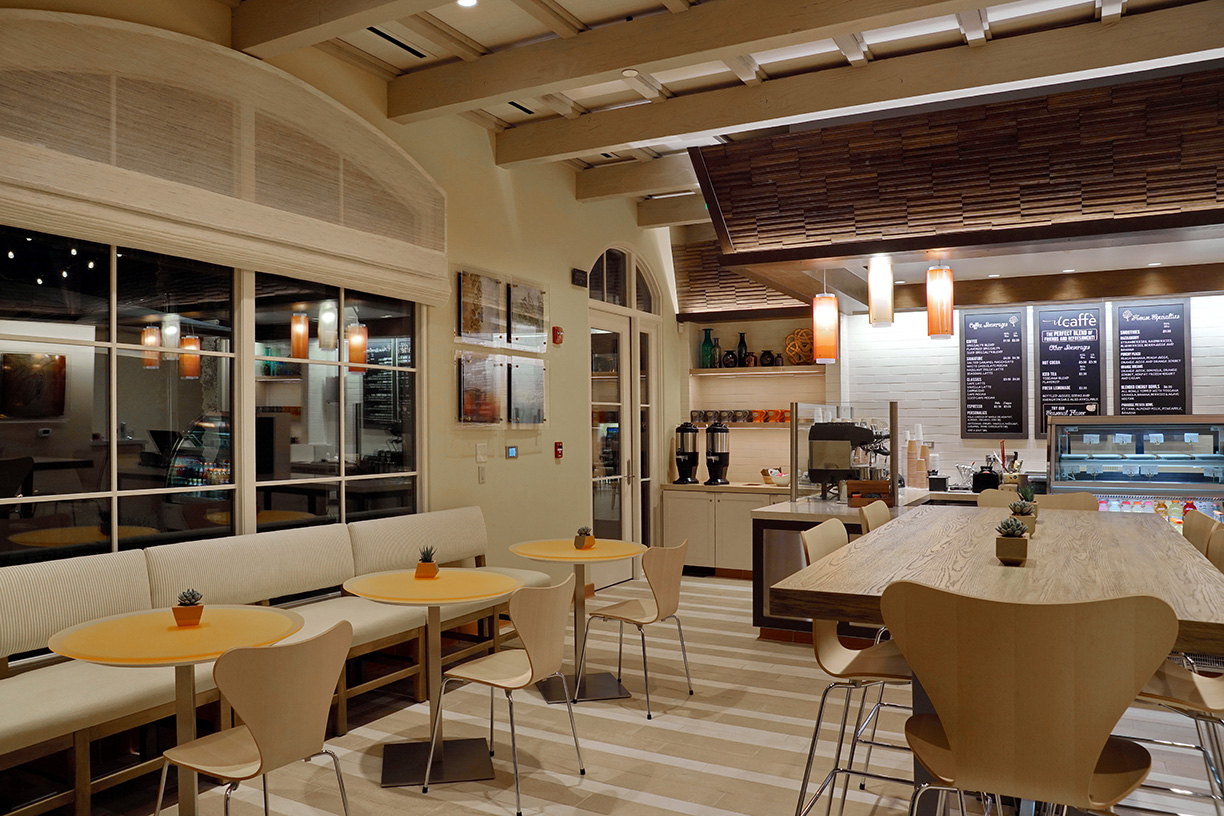
“We are in an industry that has seen monumental shifts over the past decade as country club members are looking for a casual, family-friendly, fun and wellness driven experience in addition to golf,” said William Bone, co-CEO and founder of Sunrise Company, the developer of Toscana Country Club. “Our biggest priority at Toscana is to stay at the forefront of this changing industry by regularly identifying what amenities and services will resonate most with different categories of buyers and responding accordingly. These new facilities and wellness offerings at Toscana provide a unique environment where members can connect, relax and enjoy time together. With relaxed attire encouraged and fun events, this is definitely not your grandfather’s country club.”
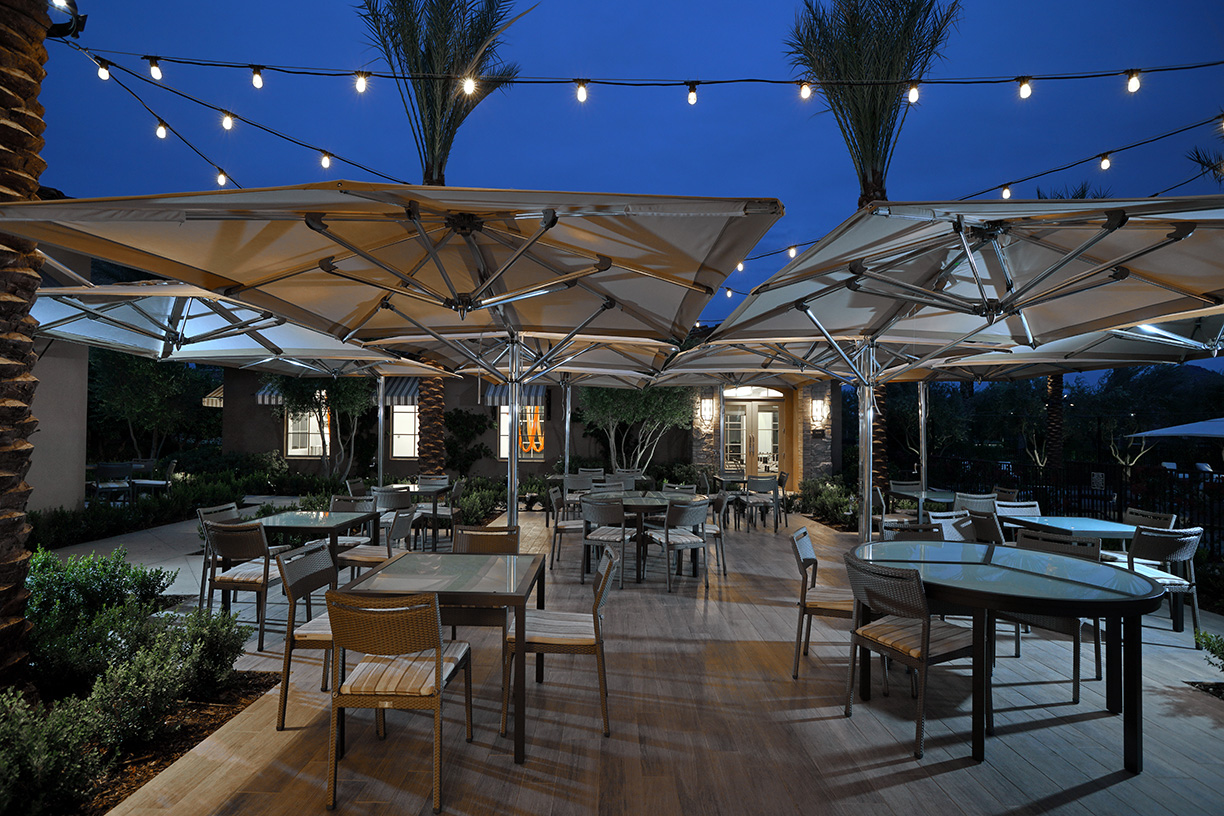
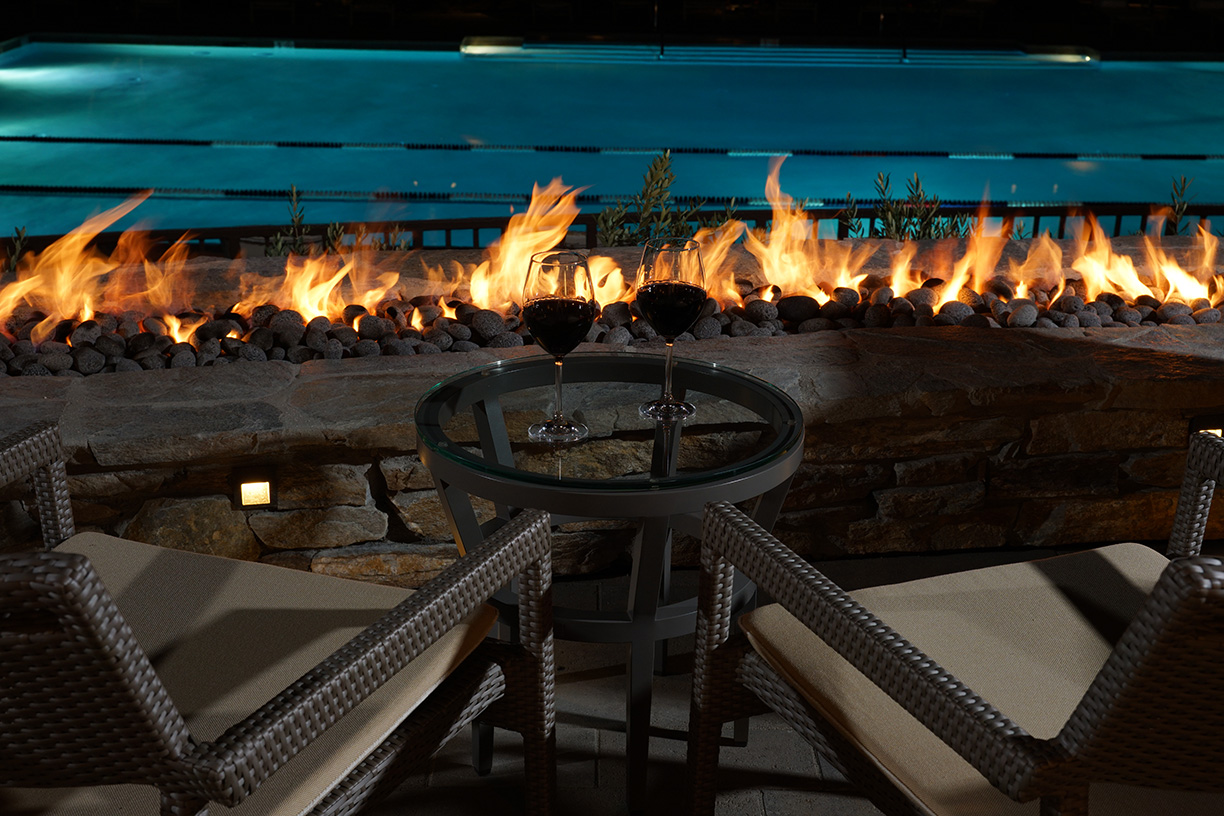
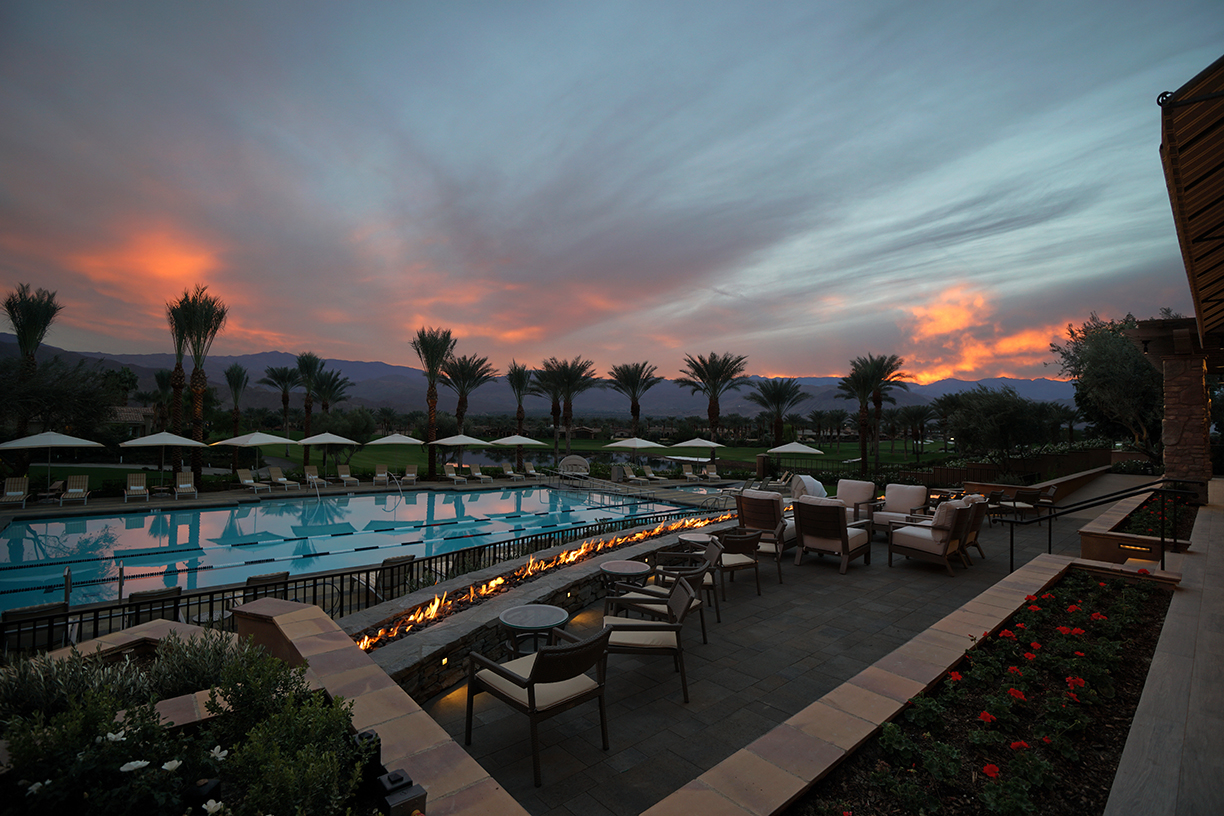
The new club facilities blend seamlessly with the existing structures, adding allure to the traditional Tuscan architecture with deep-toned stucco finishes, tall entry towers, rustic wood accents and colorful awnings. Members will enjoy a relaxed dining experience throughout La Cucina, the new casual restaurant which boasts a stunning contemporary design accentuated by wide planked porcelain tile flooring, a soft grey wood beamed ceiling and striking light fixtures. A large horseshoe shaped bar serves as the focal point in the relaxed lounge area complete with seven large screen TVs perfect for watching a game while catching up with friends. The captivating display kitchen enclosed in floor-to-ceiling glass offers members a front row seat for all the culinary action including watching pizzas baking in the woodfired oven. The entire space opens via 30-foot disappearing pocket doors. Members can unwind with a cocktail in front of the long curved fire pit framed by stunning views of the pool, golf course and Santa Rosa Mountains. Adjacent to La Cucina is Il Caffè, a coffee bar embodying a laid-back, cheerful vibe where friends can gather in the morning to enjoy coffee al fresco.
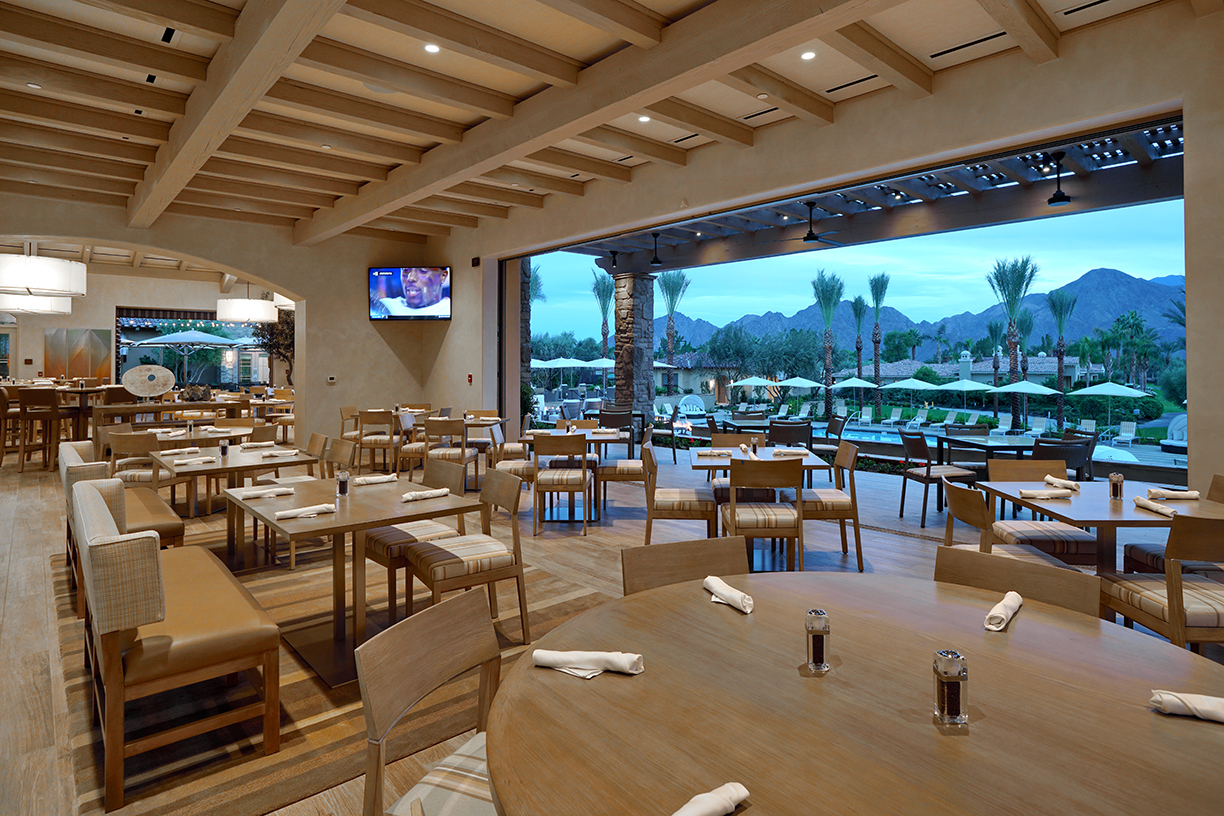

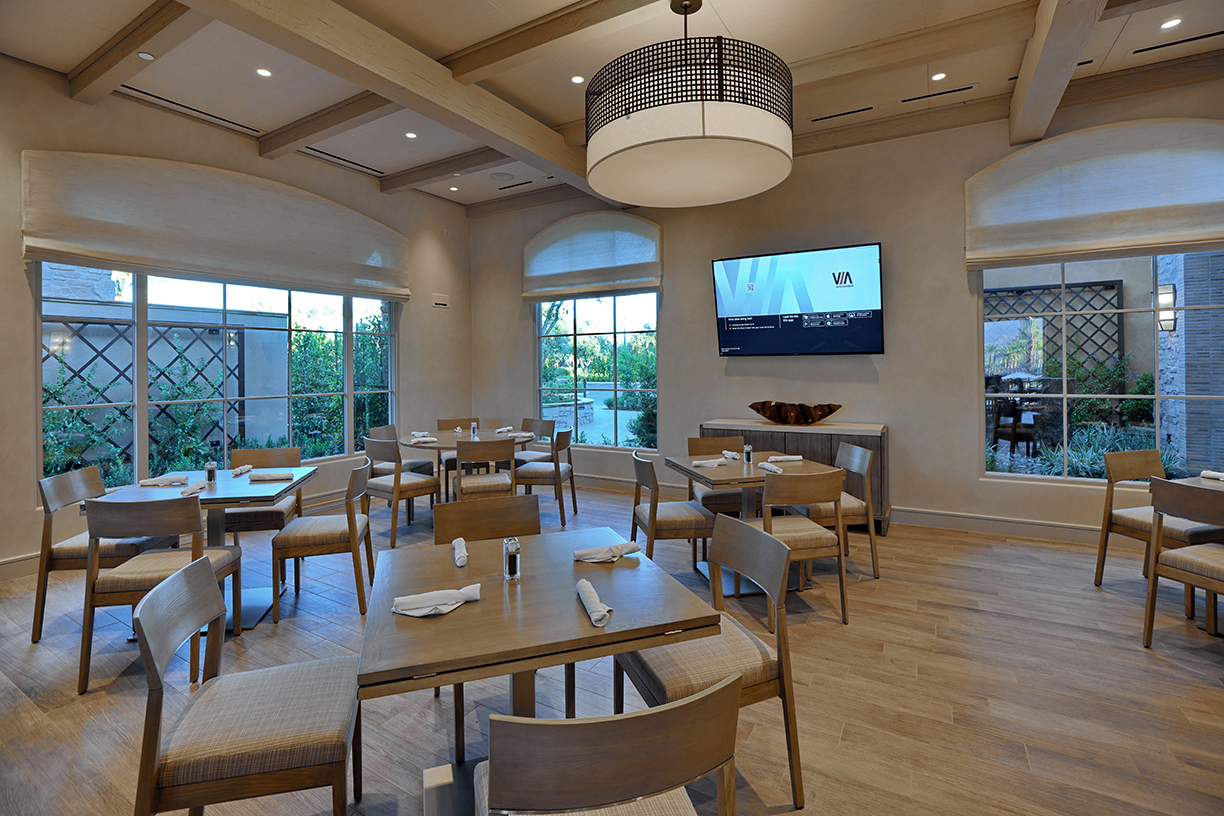
Just beyond the outdoor dining terrace and sunken six feet below the restaurant to enhance the views from dining is the new junior Olympic pool that will accommodate lap swimming, aqua fitness classes and recreational swimming. The space also features a kiddie pool and a spacious open air pavilion perched above the pool where friends and family can lounge near the adjacent new bocce ball courts. Immediately south of the pool, the event lawn hosts Club and private events, kid’s activities and outdoor fitness classes. The sports club pavilion contains a movement studio for group exercise classes and a Pilates studio while two additional hard surface tennis courts and two new pickleball courts have been added to the Charlie Pasarell Tennis Center.
Toscana has experienced tremendous sales success in 2017 with 45 homes sold resulting in $81 million in total sales volume. The Club also launched a new non-refundable equity membership program with a generous payment plan for the initiation fee. A new Young Professional membership was also added which provides deferred initiation fees and reduced dues to members who are under the age of 55.



“Our sales success this year alone is proof that the recent changes we’ve implemented are making a significant impression on potential buyers and our current owners while further differentiating Toscana from the competition in the Coachella Valley,” Bone said. “Between our attractive new membership offerings and our new modern club facilities, Toscana continues to evolve and has redefined what a private country club is.”
Photos courtesy of Toscana Country Club
Moving from Amsterdam to the Mediterranean sea, the staff at Boatsters now works remotely on a superyacht.
By Alyssa Gautieri
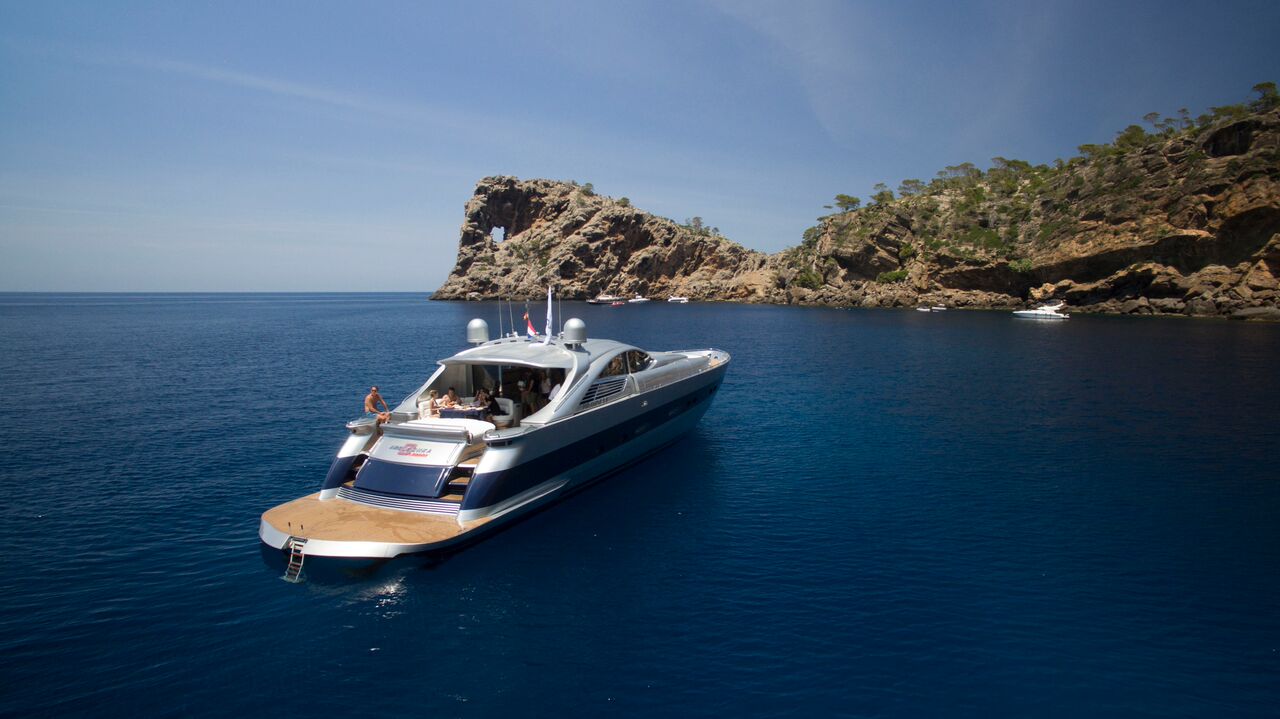
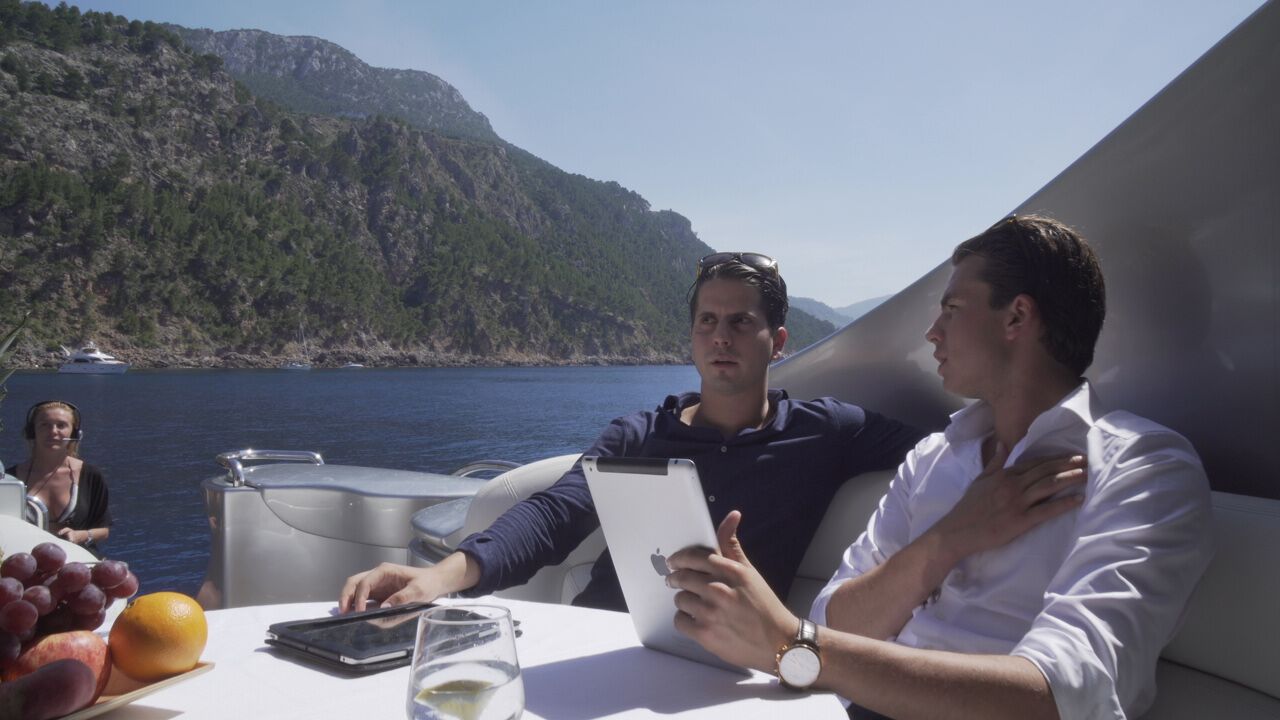
As the first startup company in the world to open an office on a yacht, Boatsters now works, meets with clients, and sleeps on the boat. Sailing from harbour to harbour on the Pershing 88, Boatsters, a global rental platform for yachts and boats, enjoys all the comforts their aqua office has to offer. Complete with two double rooms, two twin cabins, and office space, the Pershing 88 is the perfect aqua office.
“Being on a yacht is already a rare and unique experience,” says Raoul Milhado, the managing partner at Boatsters. “Every day you wake up, it feels like you are in paradise. Therefore it doesn’t feel like working anymore at all. We usually work every day, because we rent out boats while we are on a boat, so it’s a lot of fun.”
Boatsters rents the boat from one of its long-time clients, Roberto Vazquez. “Boatsters is not only a charter company, they have a new life concept which is about enjoy and improve your life,” Vazquez said. “When I met the young partners a while ago, I believed in them.”
Because Boatsters has partners, clients and events spread out along the coast of the Mediterranean Sea, the Pershing 88 is an ideal way of transportation. The yacht office is moored in Mallorca, cruising to all the major harbors such as Menorca, Ibiza, and Formentera, as well as all the coasts of the French and Italian Riviera. “It’s very special, more productive and a lot of fun,” Milhado says. “We go from place to place, while meeting interesting people, clients, partners, etc. You can’t imagine how cool it is!”
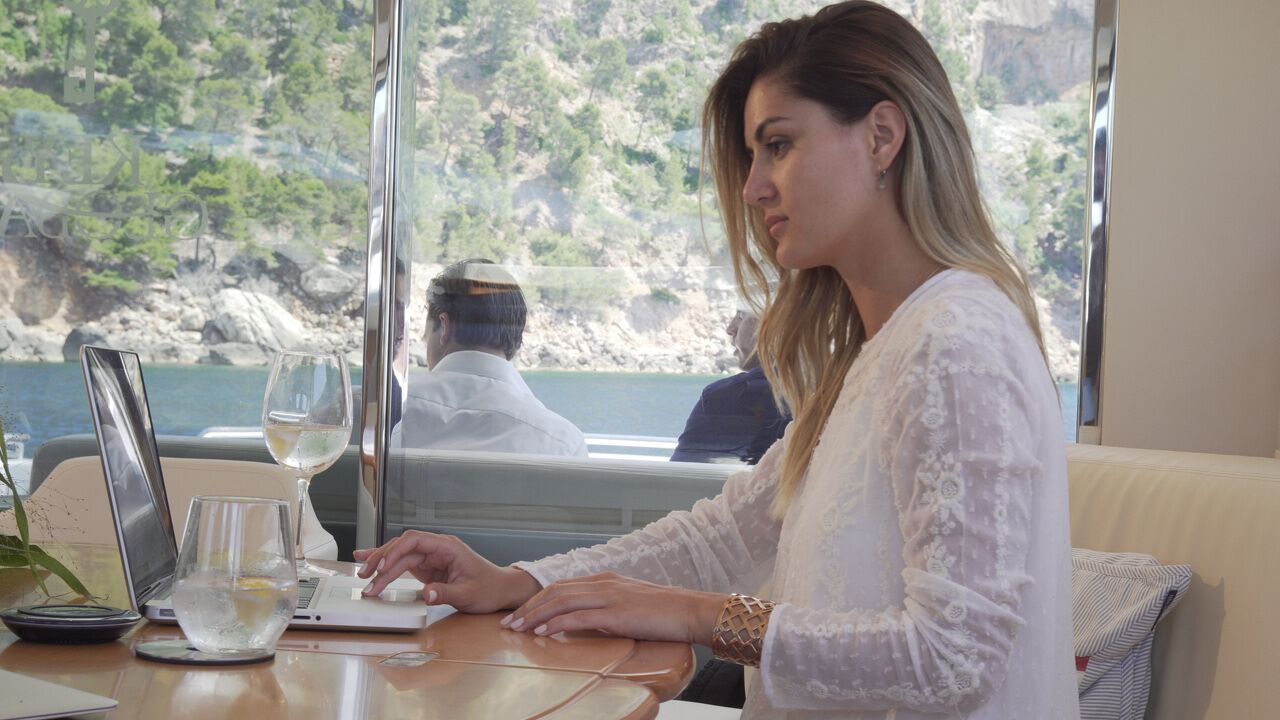
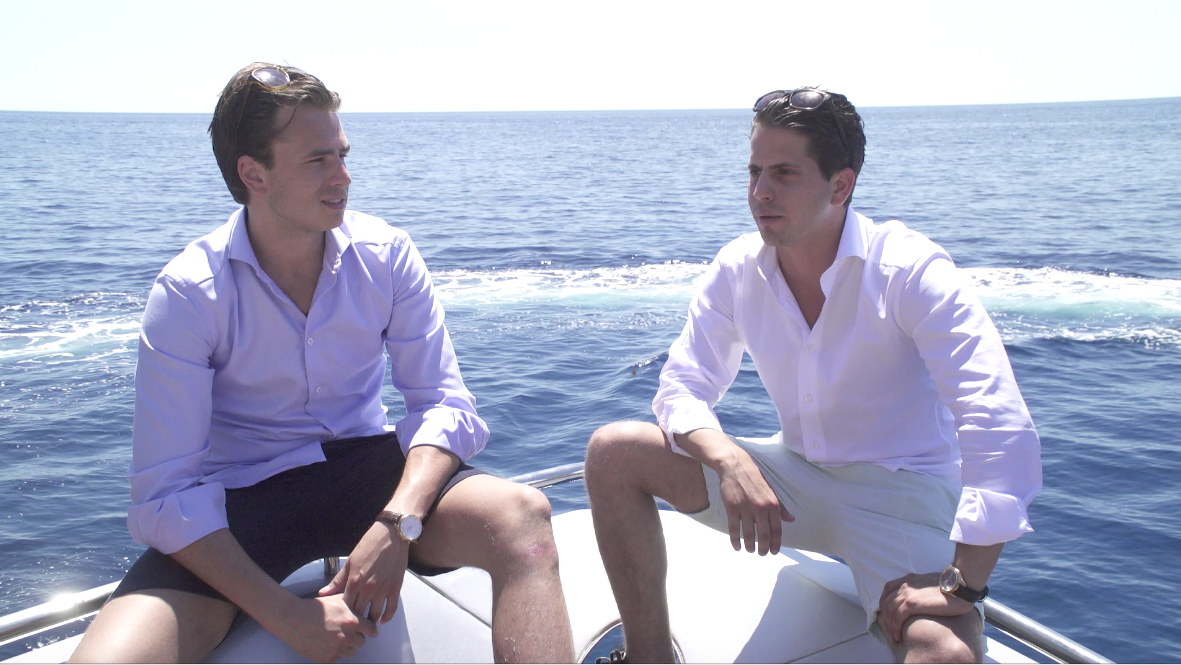
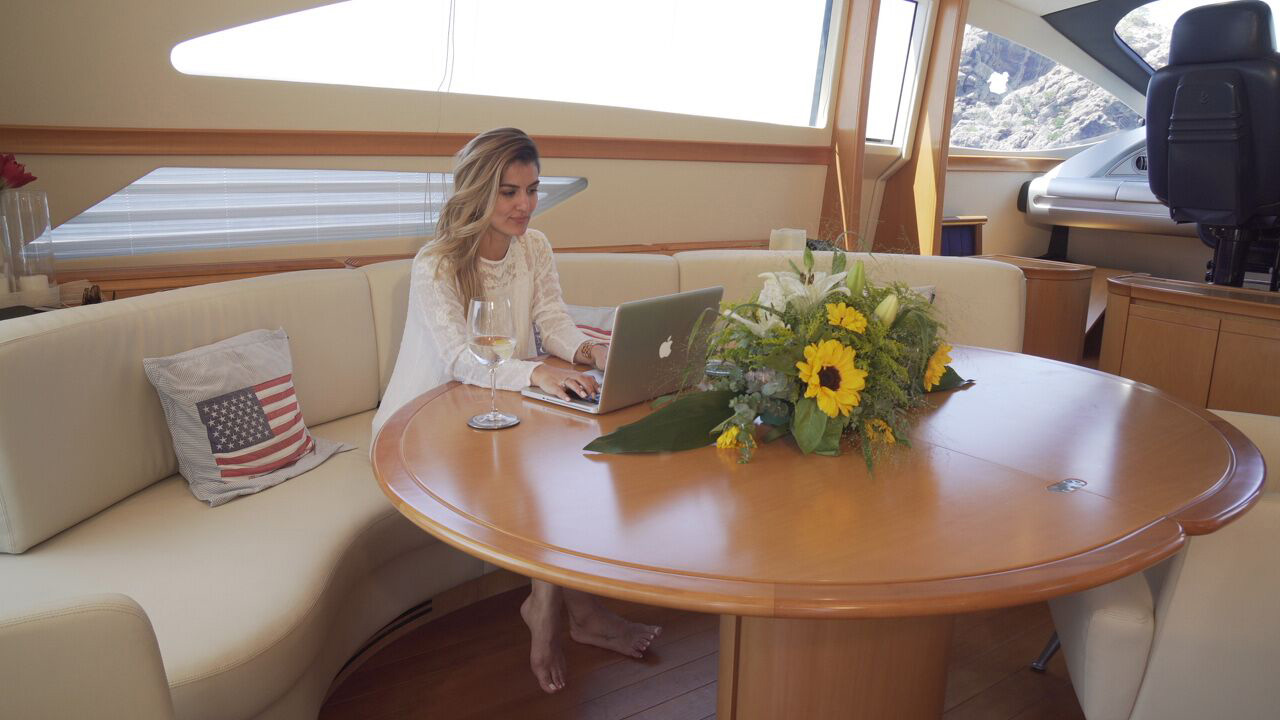
More and more companies are realizing that employees need freedom in order to maximize productivity and creativity. Is it possible that aqua offices might become a trend? Milhado believes that the concept may gain traction. “Due to rise of online companies, people don’t have to work in a regular office anymore,” he says. “They can work from everywhere.” While many companies may not have the luxury of working from a yacht, Milhado “really believes that working in a regular ‘cubicle’ office is changing fast.”
“Unique offices are popping up everywhere and nowadays it’s a trend to have a unique office with all sorts of amenities at hand for the employees,” Milhado adds. “These office vibes also creates an atmosphere that’s pretty unique for a startup. We’ve noticed a lot of people do want to work with us for that reason.”
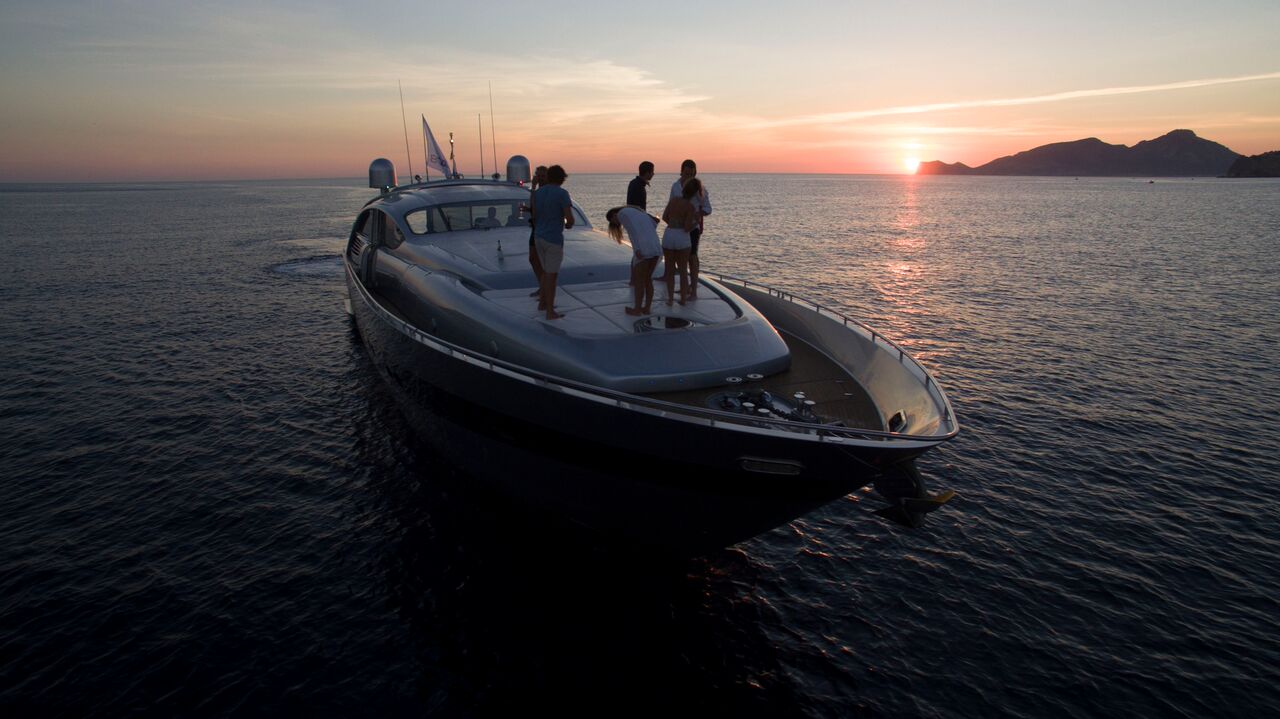
Boatsters, a world leading rental platform for yachts and boats, has a portfolio of over 10,000 rental boats spread across 63 countries. Boatsters, while simultaneously changing the maritime industry, is innovating what it means to “go to the office.”
Photos courtesy of Boatsters
To shine some light on what’s ahead for homes, we take a look at 10 ideas, products and attitudes that promise to impact homes as we head toward the end of the decade.
By Camilla McLaughlin
What’s driving innovations for homes is a synchronicity between evolving consumer attitudes, new products and emerging technologies. Today, consumers play an important role in this process. Rarely are consumers cited as change agents, but consumers themselves have changed.
Instead of being recipients of what the market offers, they have become savvy, active participants in the process. When it comes to homes of the future, nothing matters more than the consumer.
Photo courtesy Chris Mayer Photography and Bassenian Lagoni Architects
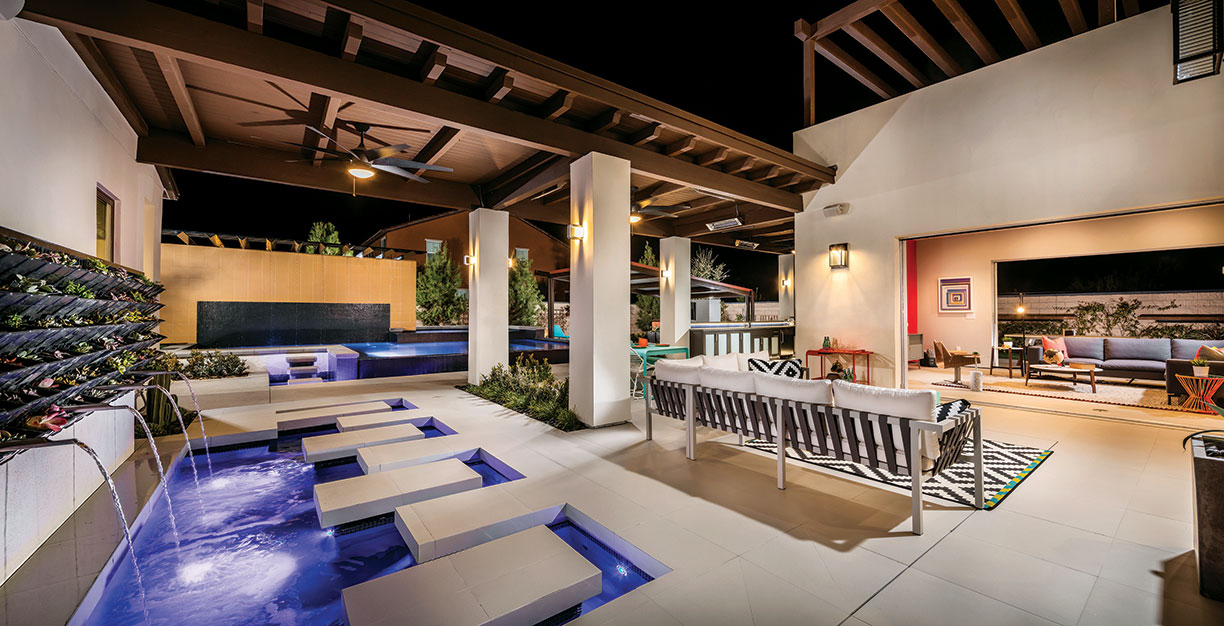
Millennials Are Change Agents
Expect to see millennials become luxury players. Right now, their impact on high-end markets is minimal, but this demographic is already a force shaping future home designs, particularly regarding energy efficiency and sustainability. “This is the homebuyer of the future and builders should be constructing homes to meet their desires,” says Lee Ann Head, vice president of research for the Shelton Group. “According to our Energy Pulse studies, millennials want more energy-efficient homes and the technology to easily monitor and control their energy consumption. Millennials are also more discerning about certifications and prefer certified energy-efficient homes.” Also, they are “very aspirational about solar energy and are adopting solar panels at a much higher rate than the overall population.”
Approximately 35 percent of U.S. homebuyers are millennials, and 67 percent of them are first-time buyers. But having delayed a first-home purchase, many millennials do not fit into the typical first-time-buyer profile. “It’s important to note that the first-time homebuyer is not what it used to be. Many of these folks are better established in their careers and many are more upscale. Therefore, many of them are in the market for their ‘dream home’ not their ‘starter home.’ Therefore, the list of features I’ve noted, which could drive a home price up, is not necessarily out of the question for these buyers,” explains Head. And, she adds, the greener homebuyer tends to be a better-educated, somewhat more upscale buyer.
Still Debating Whether Size Matters
If there was any given in the world of upscale real estate, it was bigger is better. Today, any consideration of home sizes opens the door to an entirely new dialogue based on diverse and changing consumer attitudes. For trophy homes, there is still nothing modest about square footage; uber properties are getting larger with increasingly lavish amenities. But designers, Realtors and architects also say clients want smaller homes and plans that engage every square foot. “People want to use their whole house. Fewer and fewer people are willing to have spaces just for formal occasions,” shares Elyssa Morgante with Morgante Wilson Architects in Evanston, Illinois.
Even the tiny house trend has found a luxury expression with what Florida developer Frank McKinney is calling a Micro Mansion. With just under 3,000 square feet under roof, McKinney’s tiny home is hardly micro, but it is still smaller than some luxury master suites. The inspiration he says came from Miami condos and also clients desiring a single-family residence in South Florida, but not another large estate they might only use a few weeks a year. Still, they expect a level of quality and finishes worthy of a mansion. McKinney has not compromised on finishes, design or drama in this ultra-luxurious home that includes unique features such as counters made of sea glass.
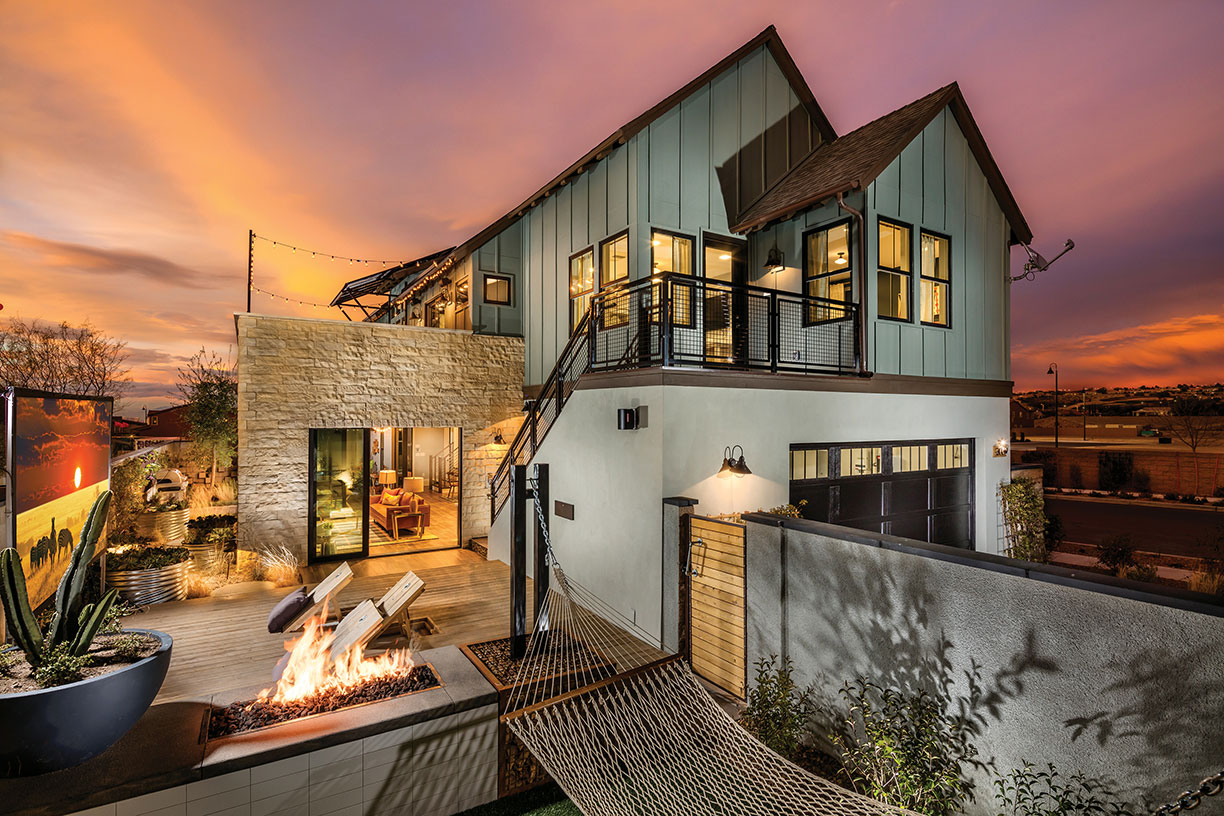
Photo courtesy Chris Mayer Photography and Bassenian Lagoni Architects
Functionality & Finishes
“It’s more about really functional spaces and higher-quality finishes,” says Chicago designer Donna Mondi. “Some people don’t want a living room. Instead, they’d rather have the space be a home office or a really beautiful study or library. A lot of it is more the function of the space than less space,” she explains. Like many designers, Mondi says consumers are becoming more discerning. “There is an appreciation for how a great faucet feels in their hands or a great doorknob feels versus a cheap one.”
Getting Smarter
Interactive design has completely altered the way we engage with our homes. “It has been a real cultural change that’s permeated through all product design. People are more demanding and more aware of the ease of use of interactive design because of their experience with smart phones,” says Marc Hottenroth, director of Industrial Design at GE Appliances. “We are starting to see the trend moving from tap and select on the phone to gestures and voice and then having a conversation with the product via a digital assistant.”
The addition of artificial intelligence takes interactivity to a new level. Already, it is boosting the IQ of smart homes by enabling protocols such as geofencing in which a predetermined series of actions (security disabled, lights turning on, music playing) are triggered when an owner (and their smart phone or watch) reaches a preset distance from home. Looking ahead, Hottenroth speculates on scenarios in which we might purchase say a rack of ribs at a grocery store and artificial intelligence would call up recipes and transmit them to a kitchen appliance. “There are all sorts of interactions that could take place that we never even thought about,” he says.
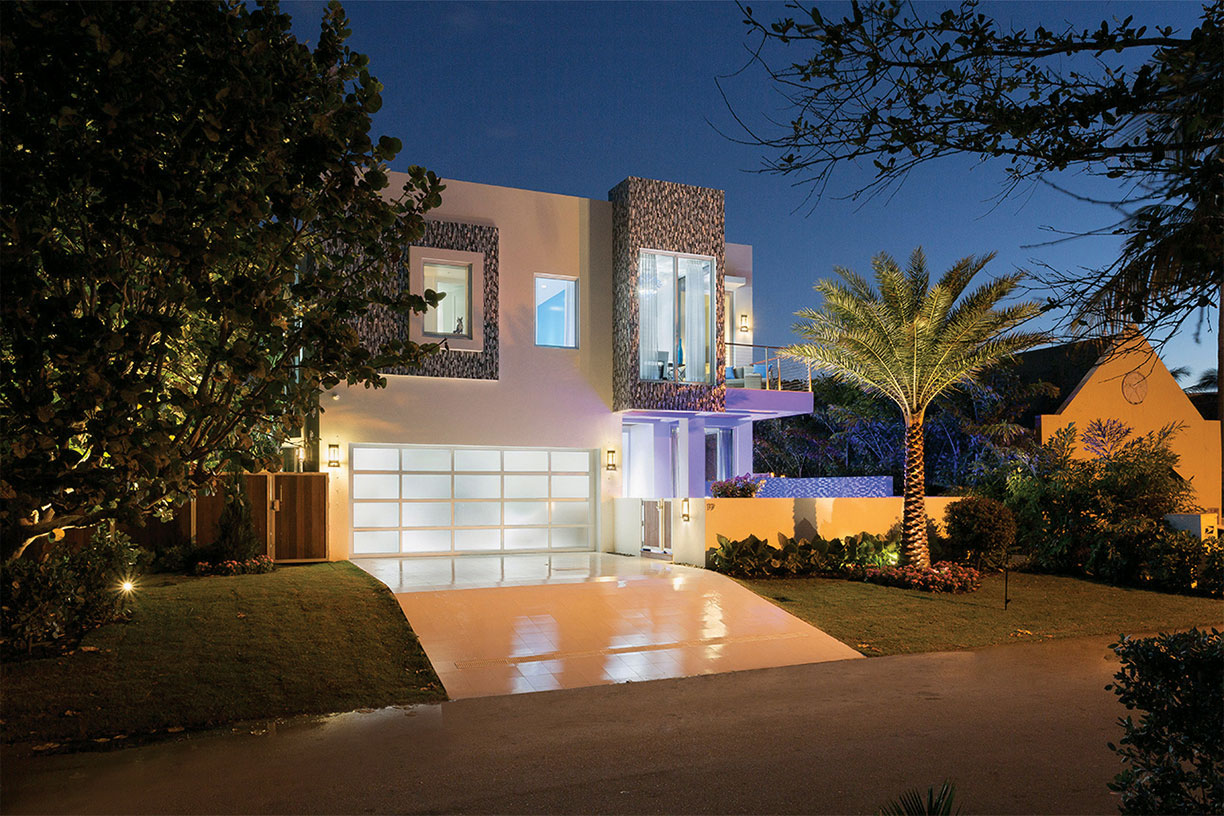
Photos courtesy Ed Butera, IBI Designs and Frank Mckinney
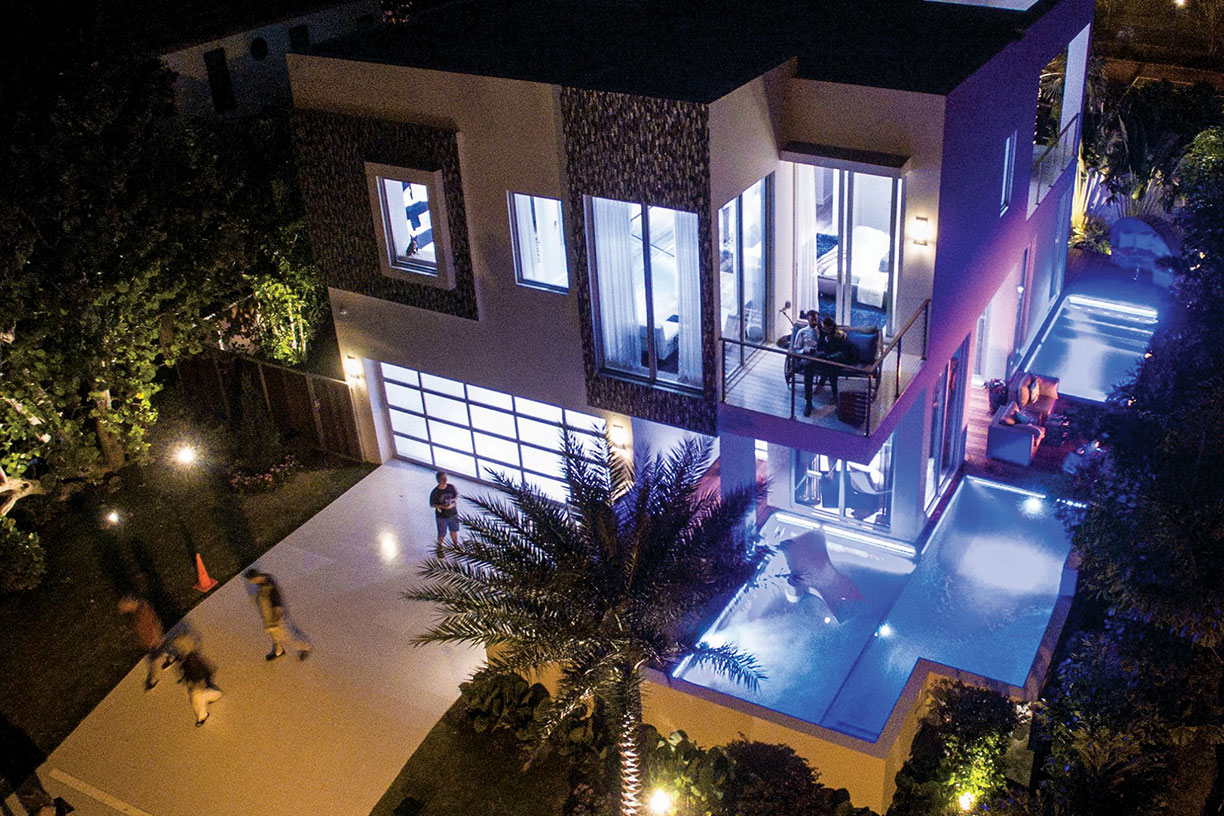
Can You Hear Me Now?
“We are moving toward rich interaction and the next wave is having no interface,” Hottenroth explains. Instead of using manual or digital controls to operate an oven, washer or other appliance, we will simply talk to them. Currently, GE has a digital assistant, Geneva, which meshes with Alexa or Google Home and enables consumers to control a number of appliances using voice commands. They can add minutes to a wash cycle, extend time in the oven or turn on the dishwasher from their bedside. They can ask if their laundry is clean or how much time is left on a cycle. Or Geneva — with a little help from her digital friends — can keep clothes tumbling in the drier a little longer. Unfortunately, folding clothes is not an option. Yet.
Wellness
Wellness as a concept for homes has been around for a few years, and most of the emphasis has been on construction materials and air quality. Now consumers and builders are turning attention to other aspects of wellness and materials that compromise air quality. The WELL certification for homes has been available for a few years, and new nonprofit advocacy groups such as Wellness Within Your Walls and the Sustainable Furnishings Council bring attention to furnishings and other products brought into the home. Expect to see more certifications for homes such as Indoor airPLUS.
More Than Cooking
Steam ovens, introduced a few years ago, tapped into new consumer preferences for healthier food prep. Following that trend, several new products take wellness and kitchens in a new direction, which expands on the idea that a kitchen can be a place to grow as well as prepare food, a concept often spied in one version or another of kitchens of the future. “Maybe it’s just California being healthy eaters, I say we’ve definitely seen steam ovens as well as composting as a trend. We integrate a lot of composting. Not only do you have your garbage and your recycling, but you also have your compost. That’s involved in every kitchen now,” says San Francisco designer Kriste Michelini.
At this year’s Consumer Electronics Show, a new appliance from WLabs of Whirlpool Corporation, the Zera Food Recycler, took home awards in several categories including Eco-Design and Sustainable Technologies. Using an automated process, Zera can break down a week’s worth of food waste from the average family into ready-to-use homemade fertilizer in 24 hours. All it takes is a push of the button or the Whirlpool mobile app.
The Urban Cultivator, a residential version of a commercial product, brings the ability to grow herbs and greens into the kitchen. The product can be free standing or installed to blend with existing cabinetry and looks very much like an undercounted wine refrigerator. It includes automatic air circulation, watering and custom formulated organic plant food. Growing potential include greens such as kale and arugula as well as herbs.
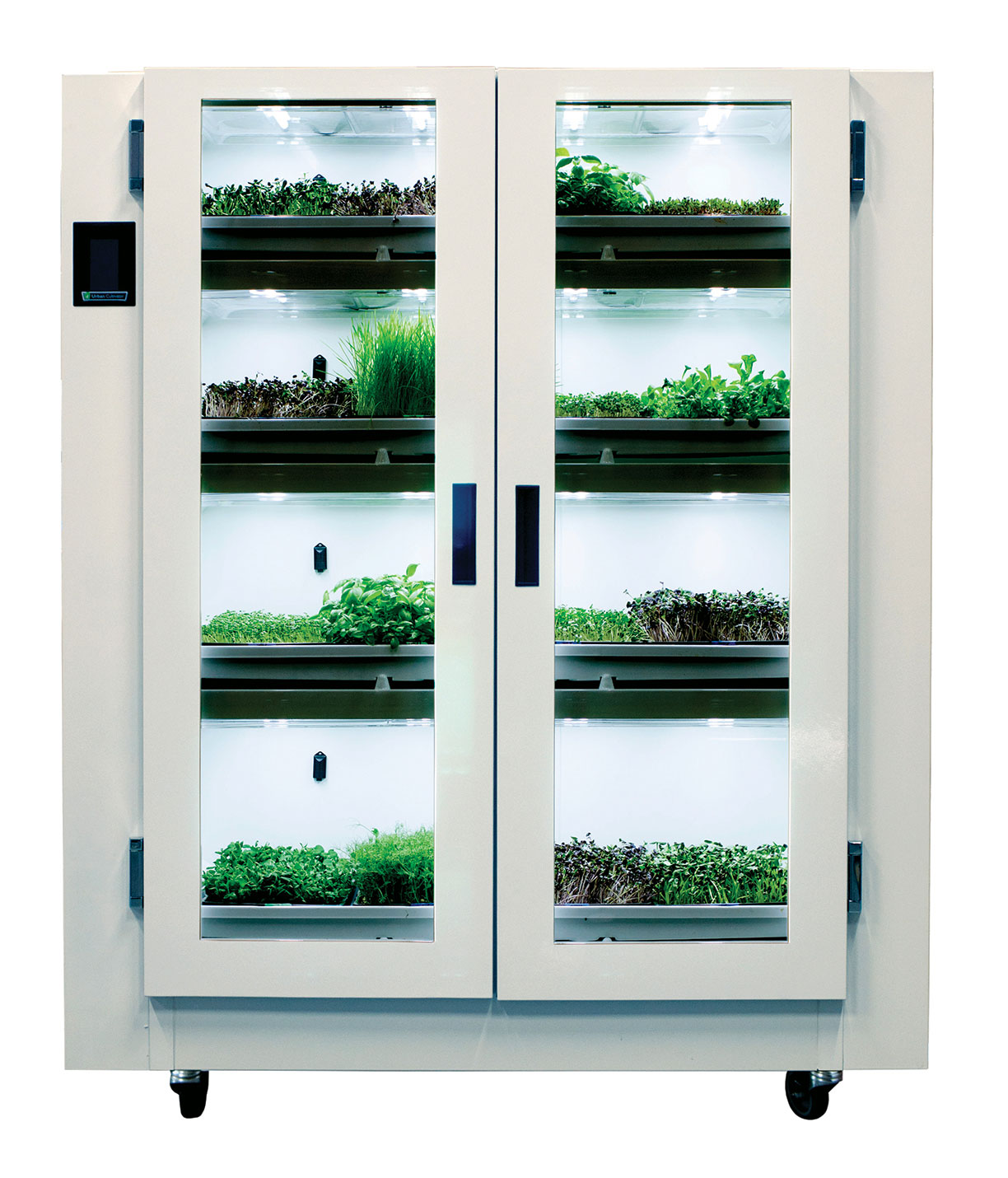
The Urban Cultivator
Photos courtesy the urban cultivator
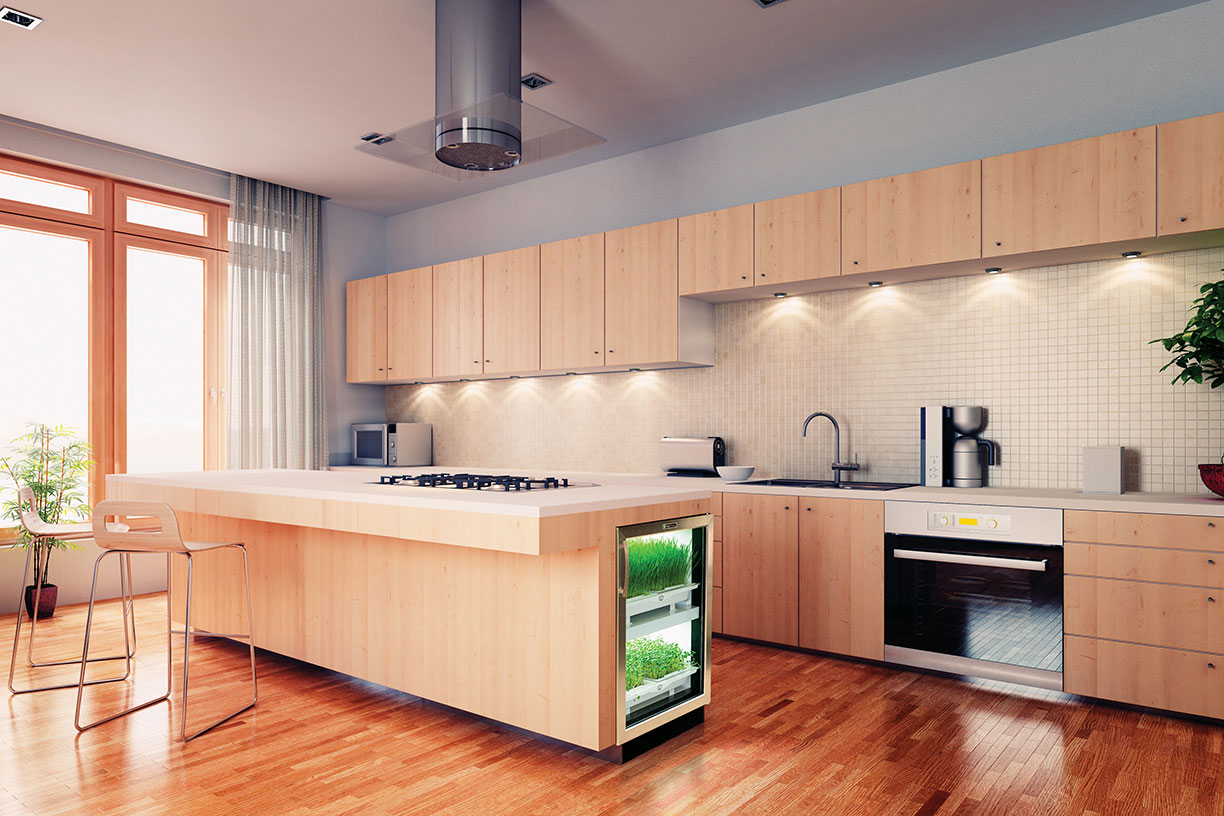
Flexibility & The Sharing Economy
Today, homeowners typically stay in their homes for an average of 8 to 10 years, so it’s no surprise flexibility has emerged as a desired attribute for homes. While most attention is focused on rooms that can be adapted in multiple ways, architects are focused on ways homes overall can adapt to the changing needs of homeowners. For the 2016 International Builders’ Show, Newport Beach architects Bassenian Lagoni (BL) designed two homes geared toward changing lifestyles. “We wanted a home that can morph and flex over time,” says architect Hans Anderle, who was on the BL design team. In both models, the entry-level Contemporary Farmhouse or move-up Contemporary Traditional, fluid floor plans enable rooms to be used in a number of ways and are enhanced with seamless indoor/outdoor connections on multiple sides of the homes. Additionally, both homes incorporate spaces giving families options to adapt the home to their own lifestyle. A first-floor suite with a mini-kitchen is suited for adult children, grandparents or visiting family. But an outside entry also makes it ideal for Airbnb guests or for a home office. Both homes include another separate space for rentals or guests or a home office. Not only do these designs accommodate changing spatial needs of a family, but the intent was also to include ways for entry-level owners to afford the home initially and then adapt it as their lifestyle changed.
Changing Architecture
Architecture is not static. Instead it’s always evolving. Right now, contemporary holds sway, but still it’s rooted in regional vernaculars, which syncs with the growing consumer desire for authenticity. Look for more transitional styles in new homes as well as existing homes as more owners opt to renovate rather than move. Even hard-edge contemporary styles are softening in some regions.
Traffic
Traffic and gridlock aren’t often mentioned as change agents, particularly for homes. However, in some cities, both — along with access to alternate transportation — play a role in home values, pumping up prices and demand. Self-driving cars are often cited as a potential solution, but even urban planners don’t have a solid take on the impact on cities, let alone housing. Some believe autonomous transportation will create more demand for suburban locations.
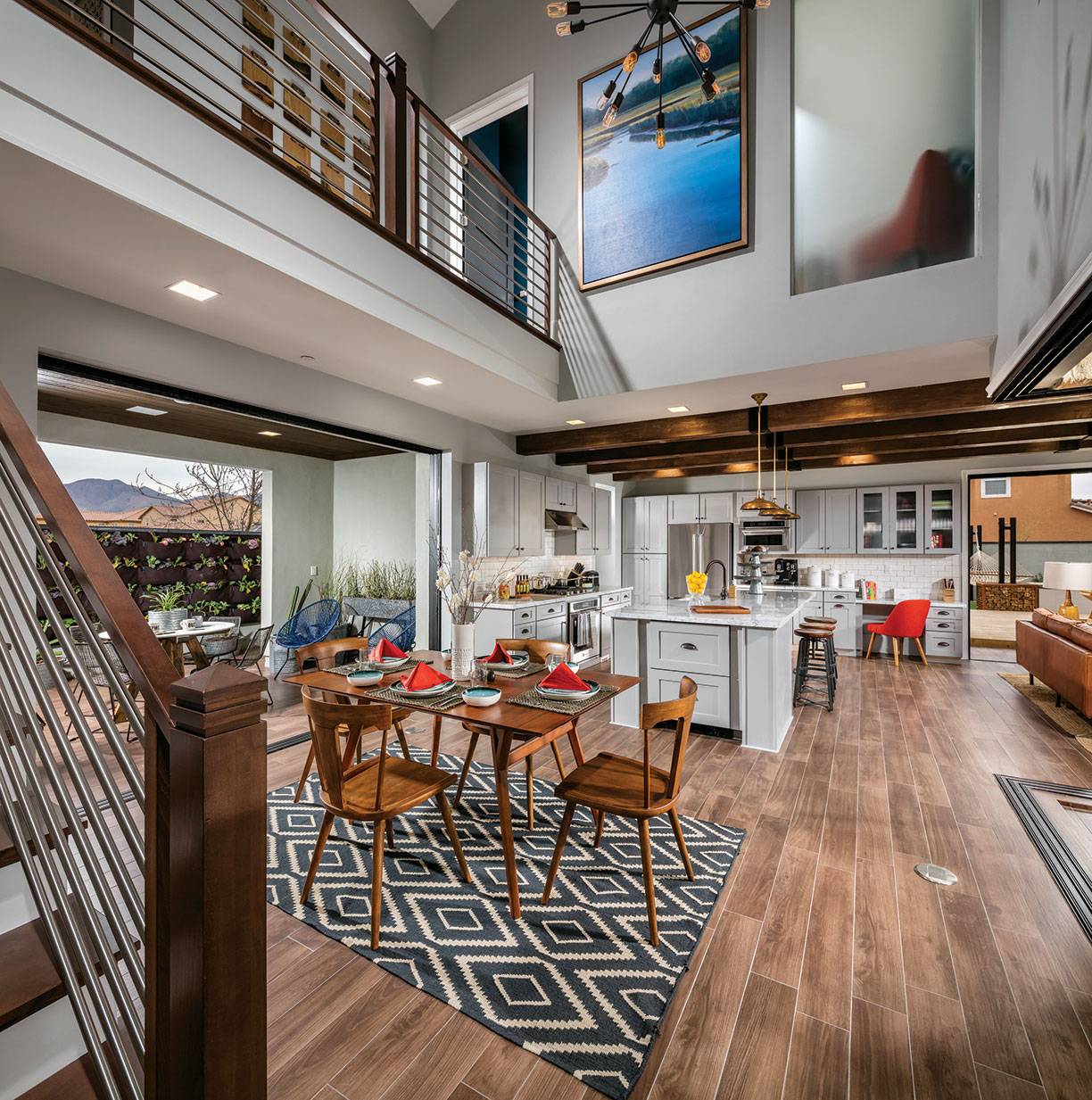
The recipe for a home of the future: indoor/outdoor merger, authentic materials, and dramatic design.
Photo courtesy Chris Mayer Photography and Bassenian Lagoni Architects
A new trend is emerging — real estate clients with communities are beginning to provide homeowners with unique welcome mementos.

Acknowledging the importance that a destination plays when buying a new home, luxury real estate developments are ensuring that buyers feel welcome from the moment they purchase their residence. From personalized gifts to historical keepsakes, resorts are making an effort to provide new homeowners with unique mementos tied to the destination — a key reminder of why they chose to buy in that specific location.
Montage Residences Kapalua Bay
Lahaina, Hawaii
This property provides new owners with a print of a one-of-a-kind portiart by Hawaii-based artist, Pegge Hopper. The portrait of the resort’s renowned cultural ambassador, Silla Kaina, hangs in the lobby of the resort, but residence owners receive a print of that piece to display in their new home. The property also offers new owners the option to receive an official Hawaiian blessing of their home by a Hawaiian Kahu — a priest that is known to bring good fortune.
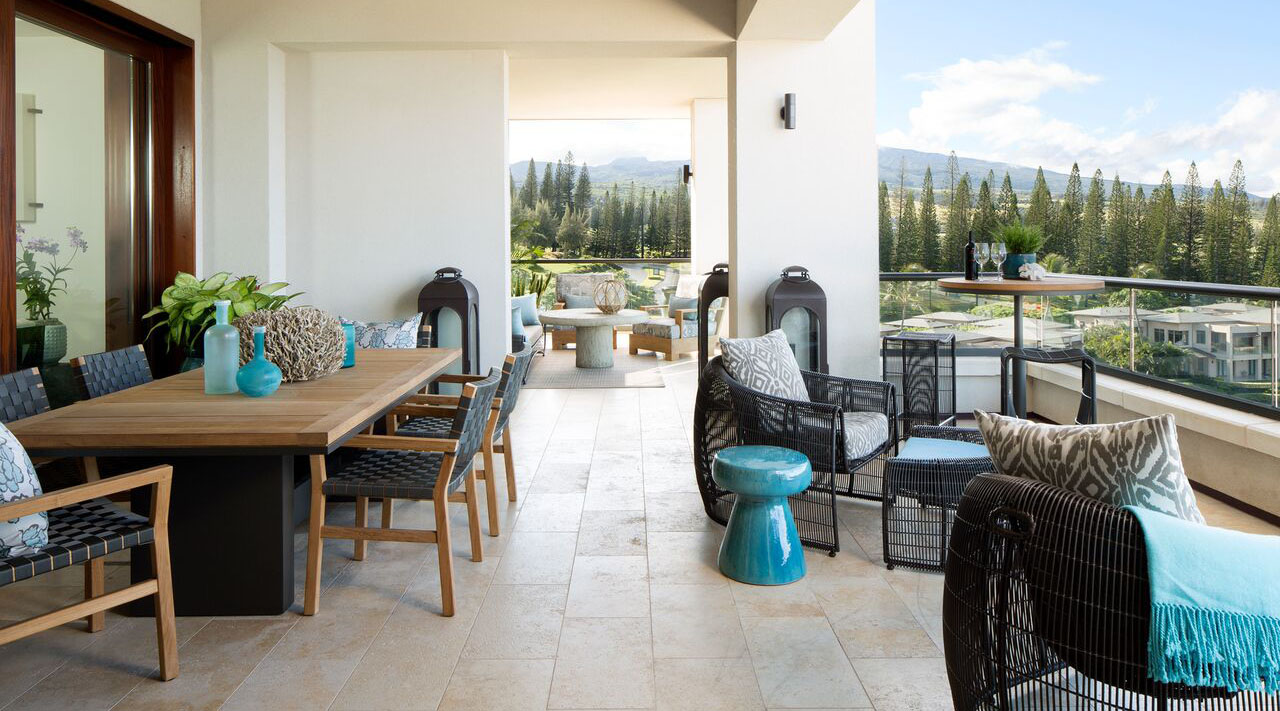

Photos courtesy of Montage Residences Kapalua Bay
Snake River Sporting Club
Jackson Hole, Wyoming
Nestled amongst 3.5 million acres of the Bridger-Teton National Forest, Snake River Sporting Club presents new homeowners with handcrafted Ron Panko knives made from the original Jackson Hole Mountain Resort tram cable. The original developer of the Snake River Sporting Club, Dick Edgecomb, purchased the tram cable from the mountain resort, providing homeowners with an authentic piece of Jackson’s rugged western landscape.


Photos courtesy of Snake River Sporting Club
Mountainside at Northstar
Lake Tahoe, CA
Every new Mountainside at Northstar owner gets a unique gift from their new community, depending on their personal interests and tastes. The most popular selection is the stand-up paddleboard, but owners have also opted to receive mountain bike classes or a fully stocked wine fridge. Welcome gifts are based on the family and what they would value, appreciate and put to use in their new Lake Tahoe home.


Photos courtesy of Mountainside at Northstar
The Residences at The Ritz-Carlton, Dove Mountain
Tucson, Arizona
Situated in the high Sonoran Desert near the Tortolita Mountains, The Residences at The Ritz-Carlton Dove Mountain offer their new homeowners hand-carved petroglyphs that are representative of the pieces from the tribal people that once inhabited the land thousands of years ago. Presented on a large piece of flagstone, owners will typically hang this somewhere in their home or place it on their patio.
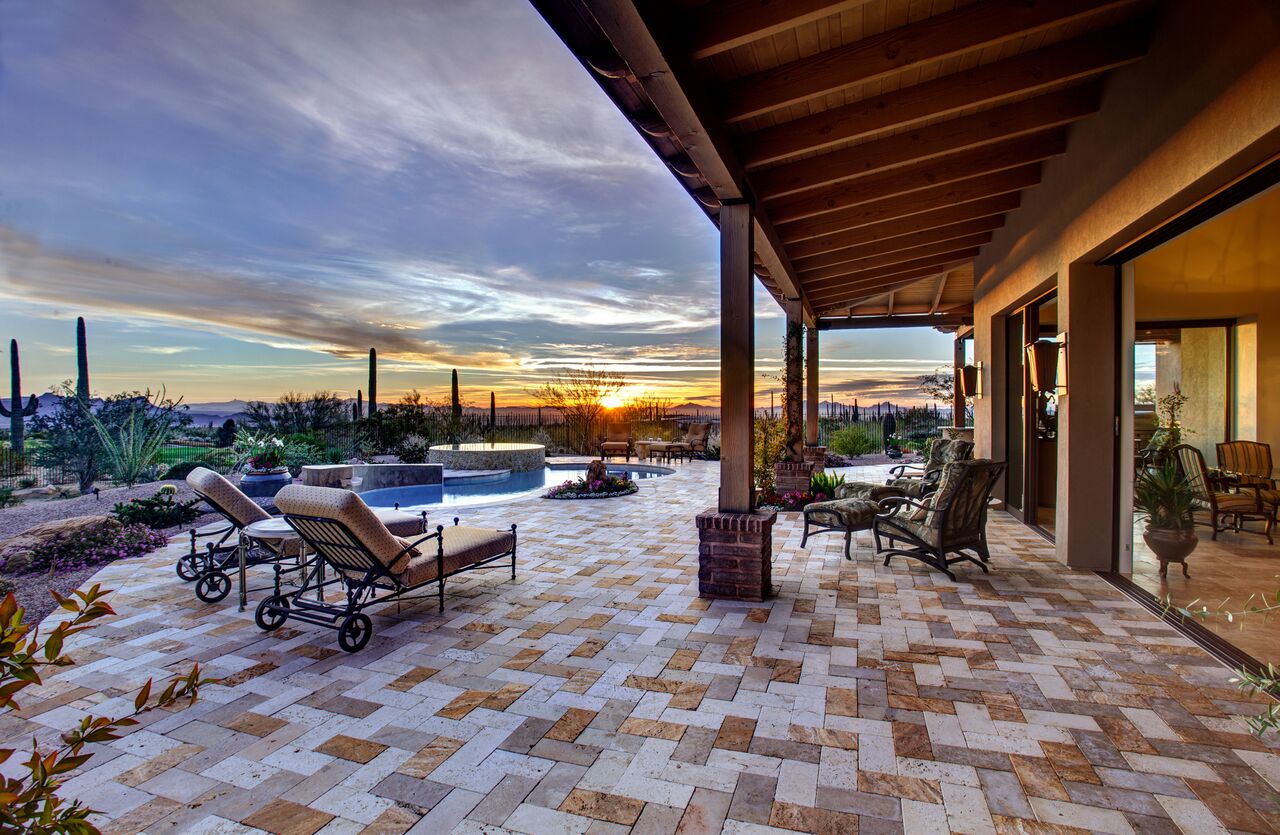
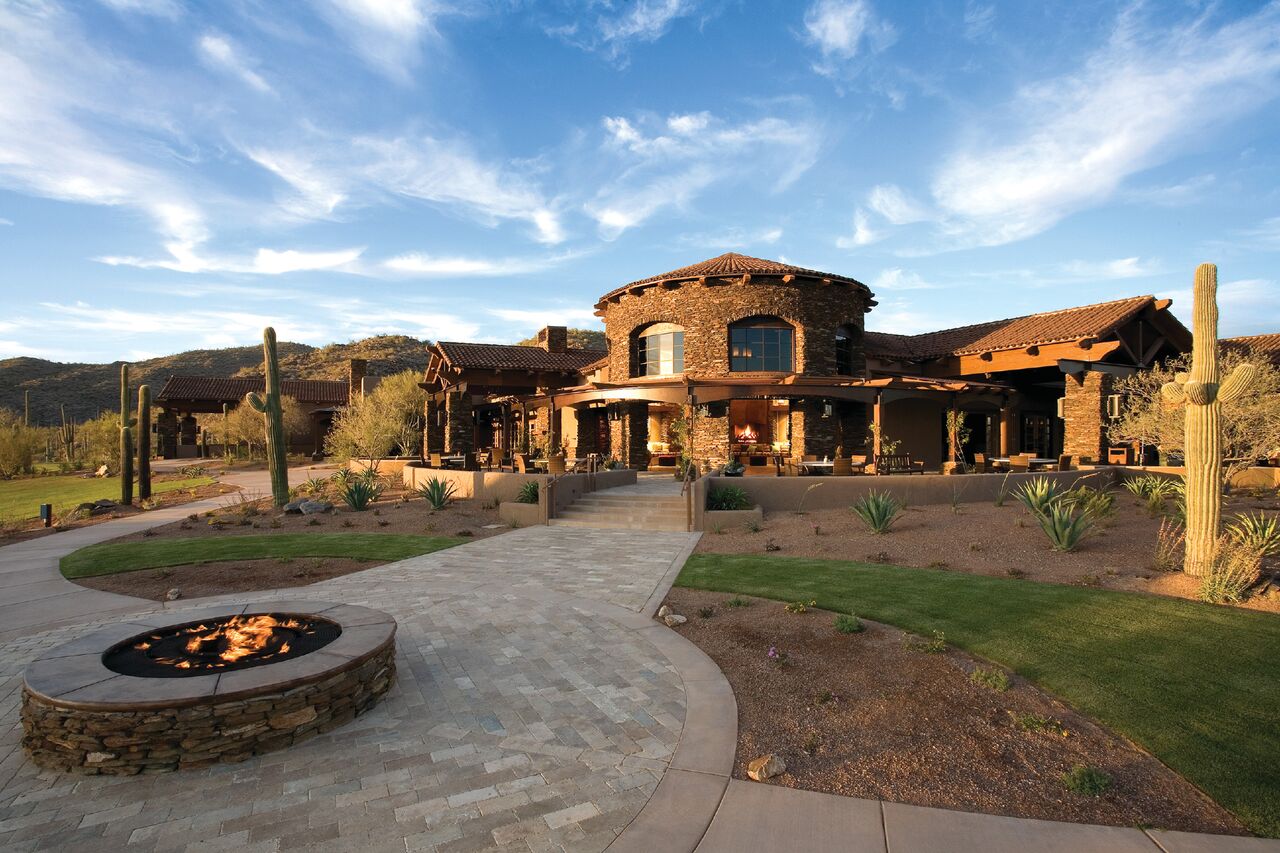
Photos courtesy of The Residences at The Ritz-Carlton


